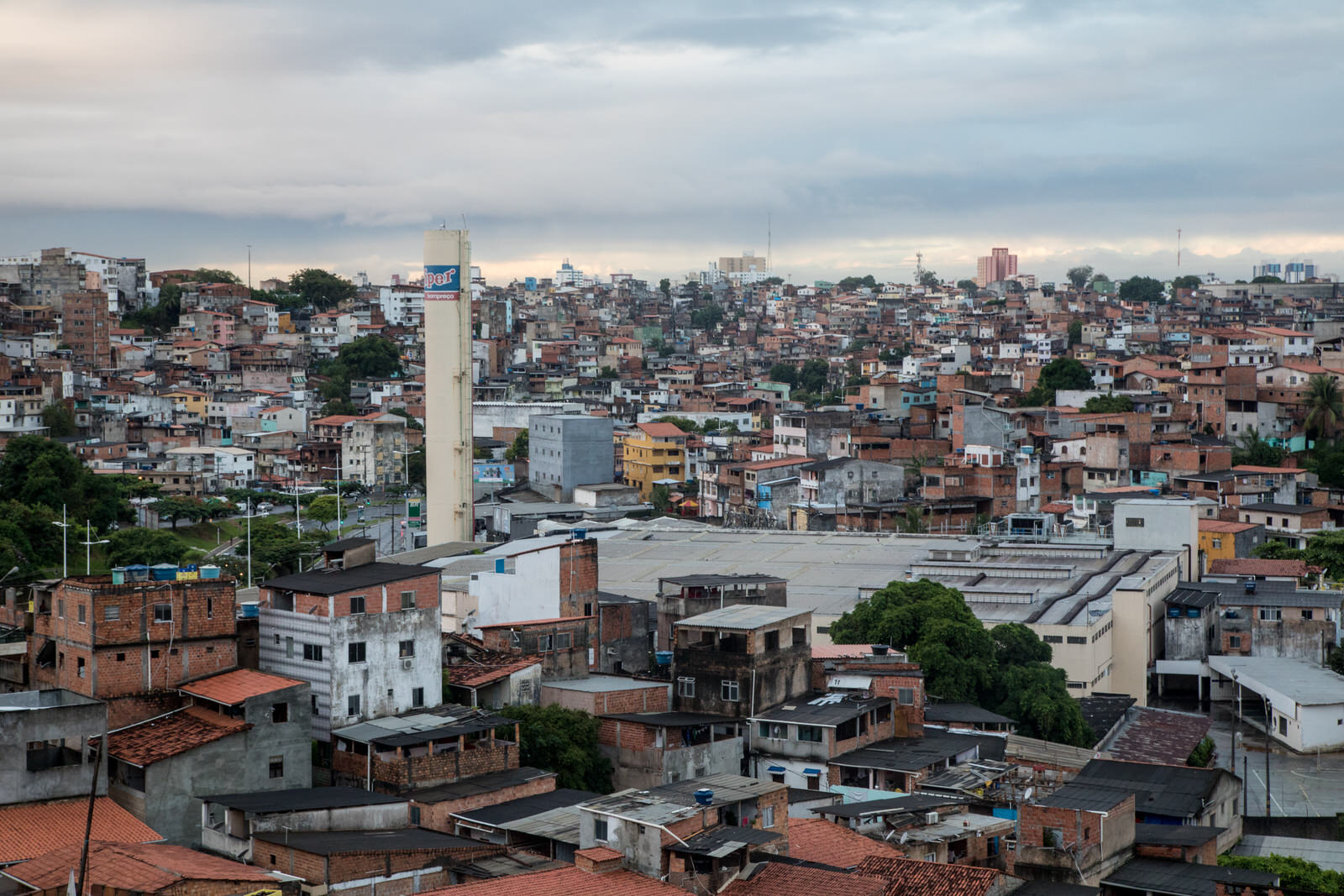
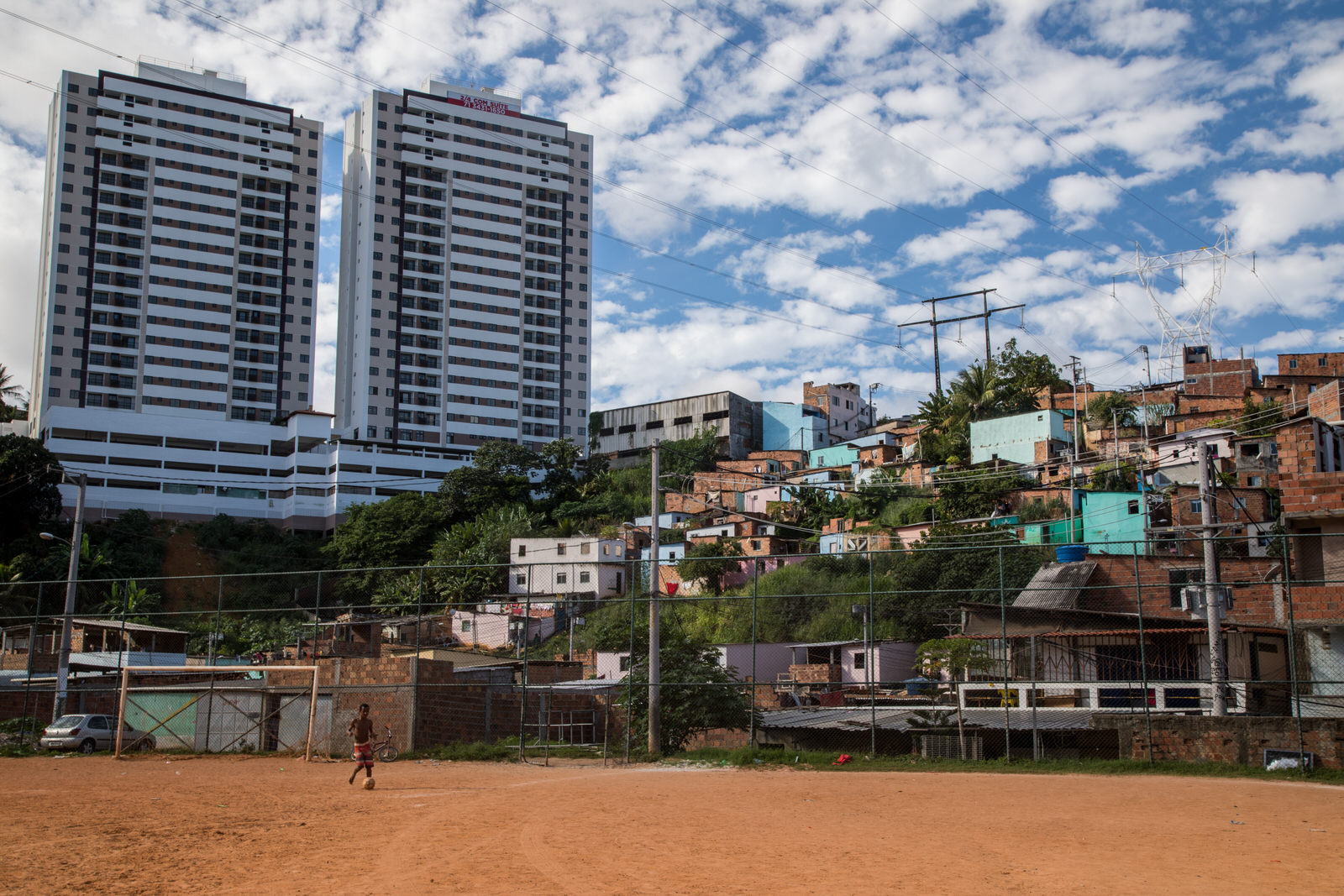
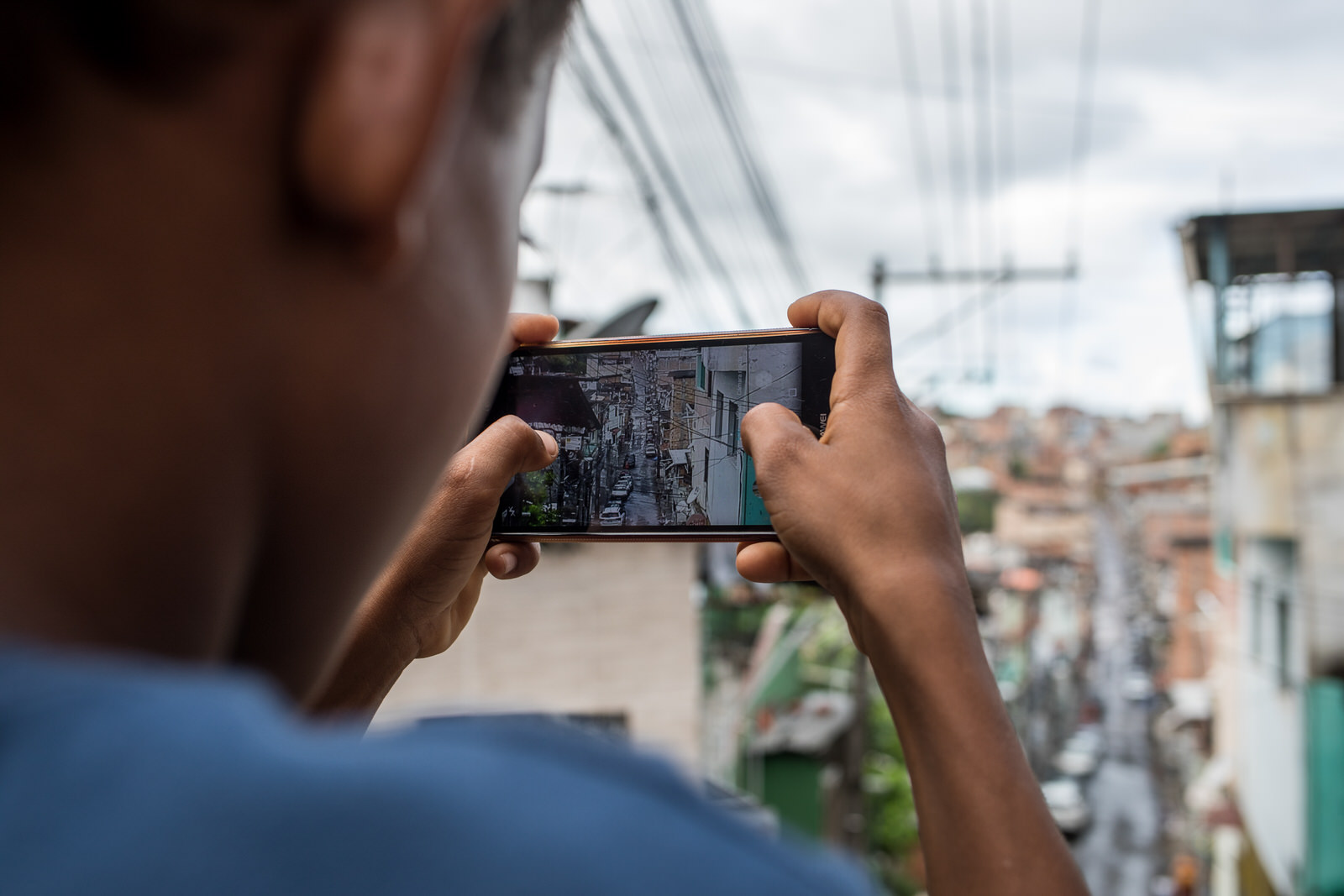
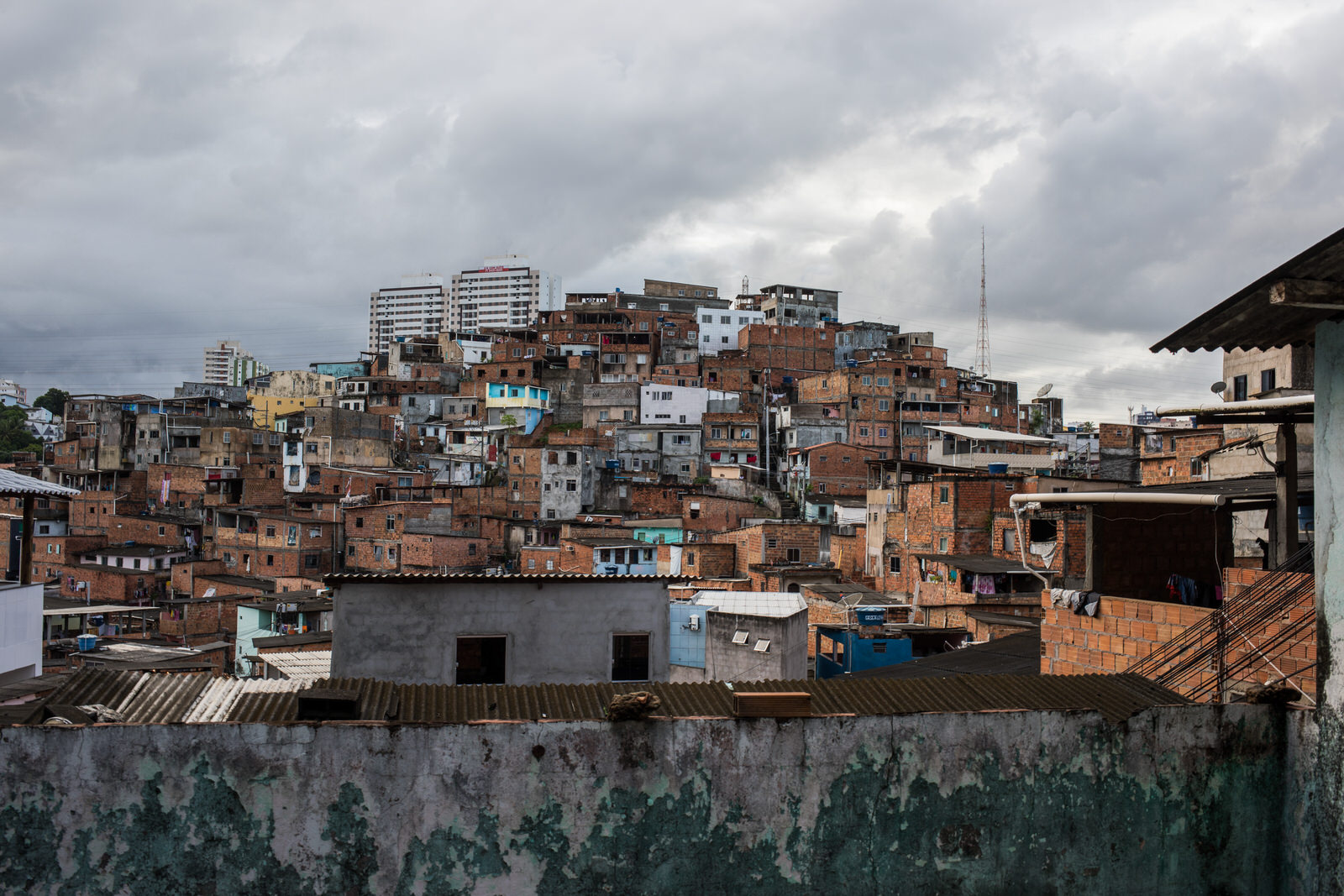
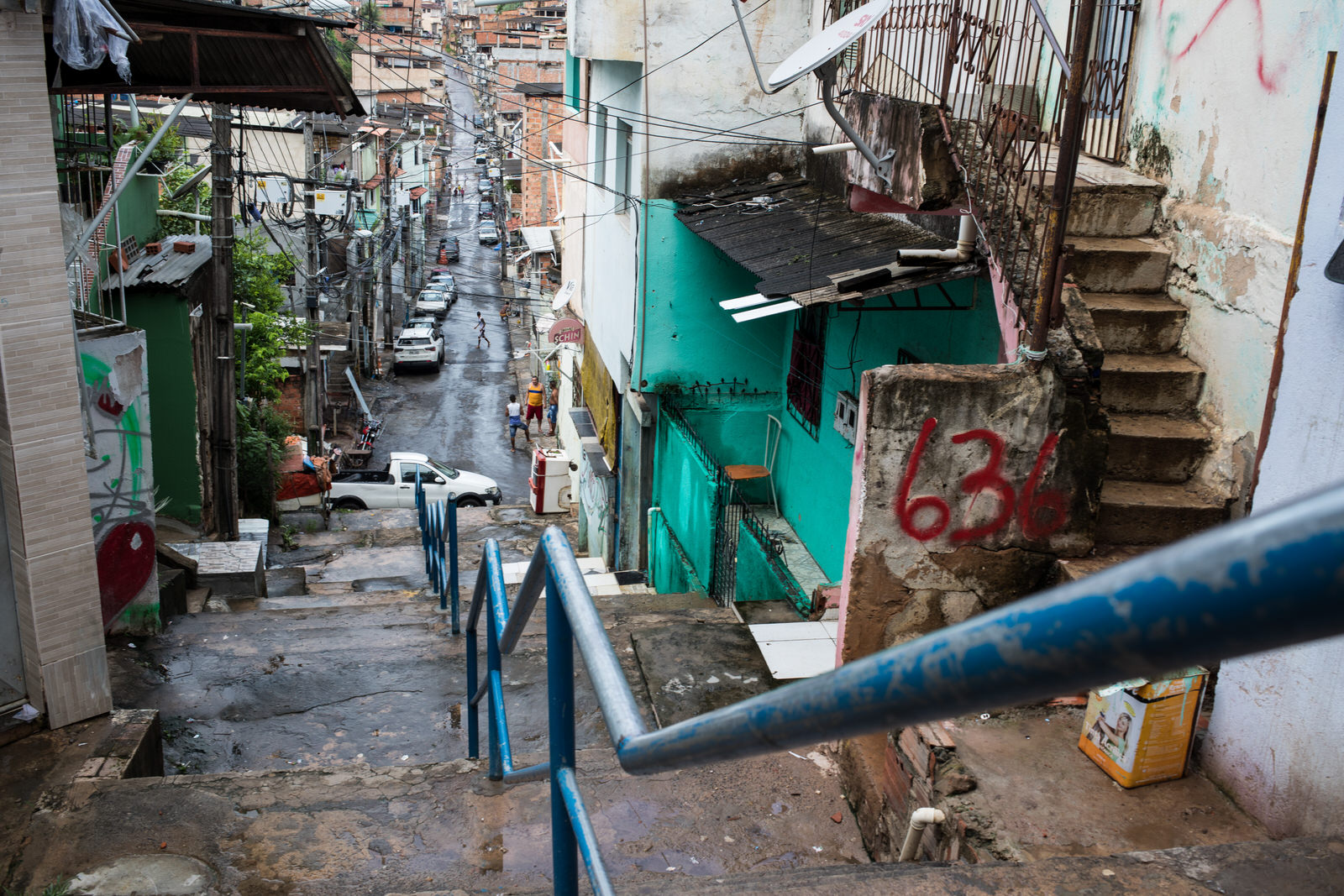
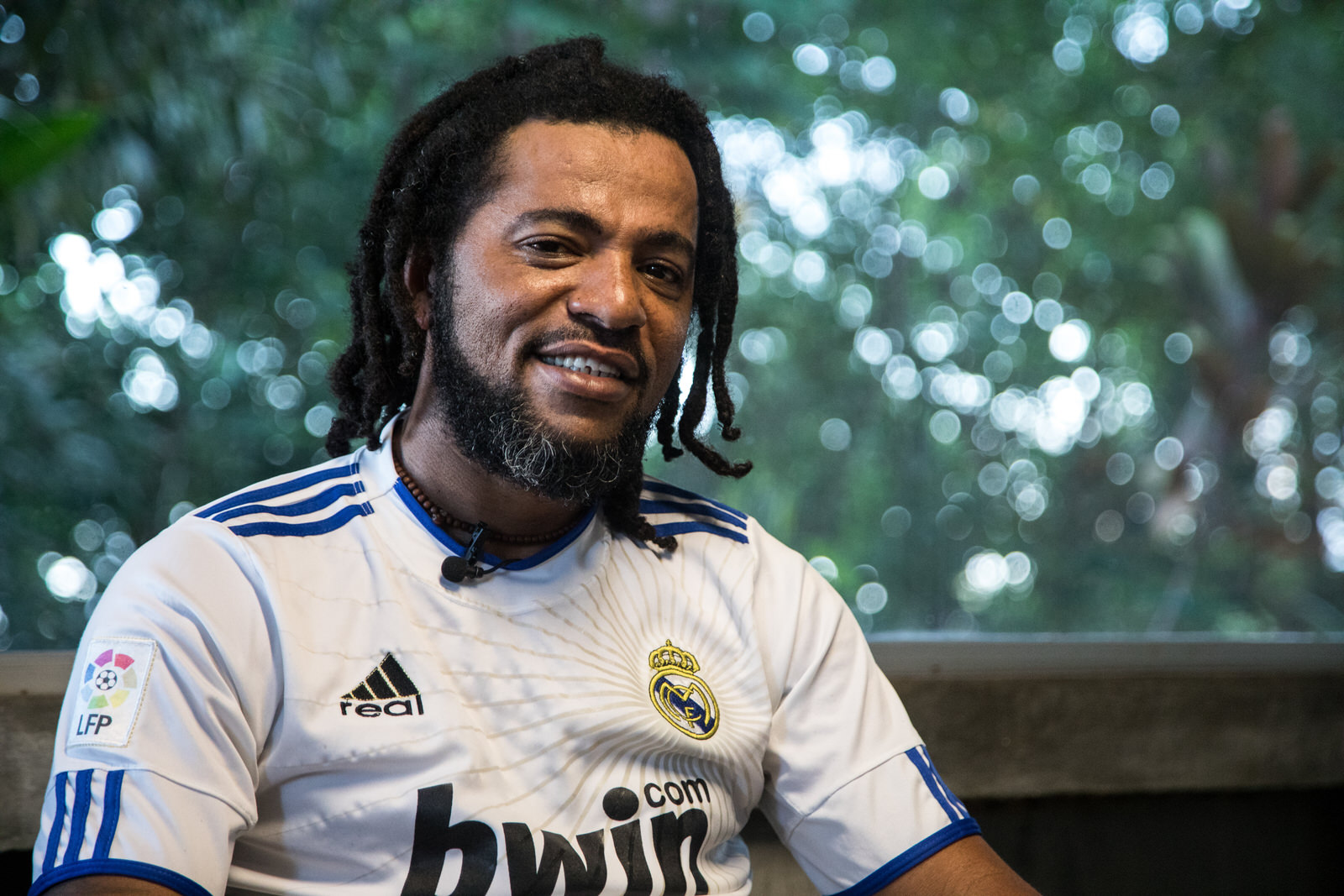
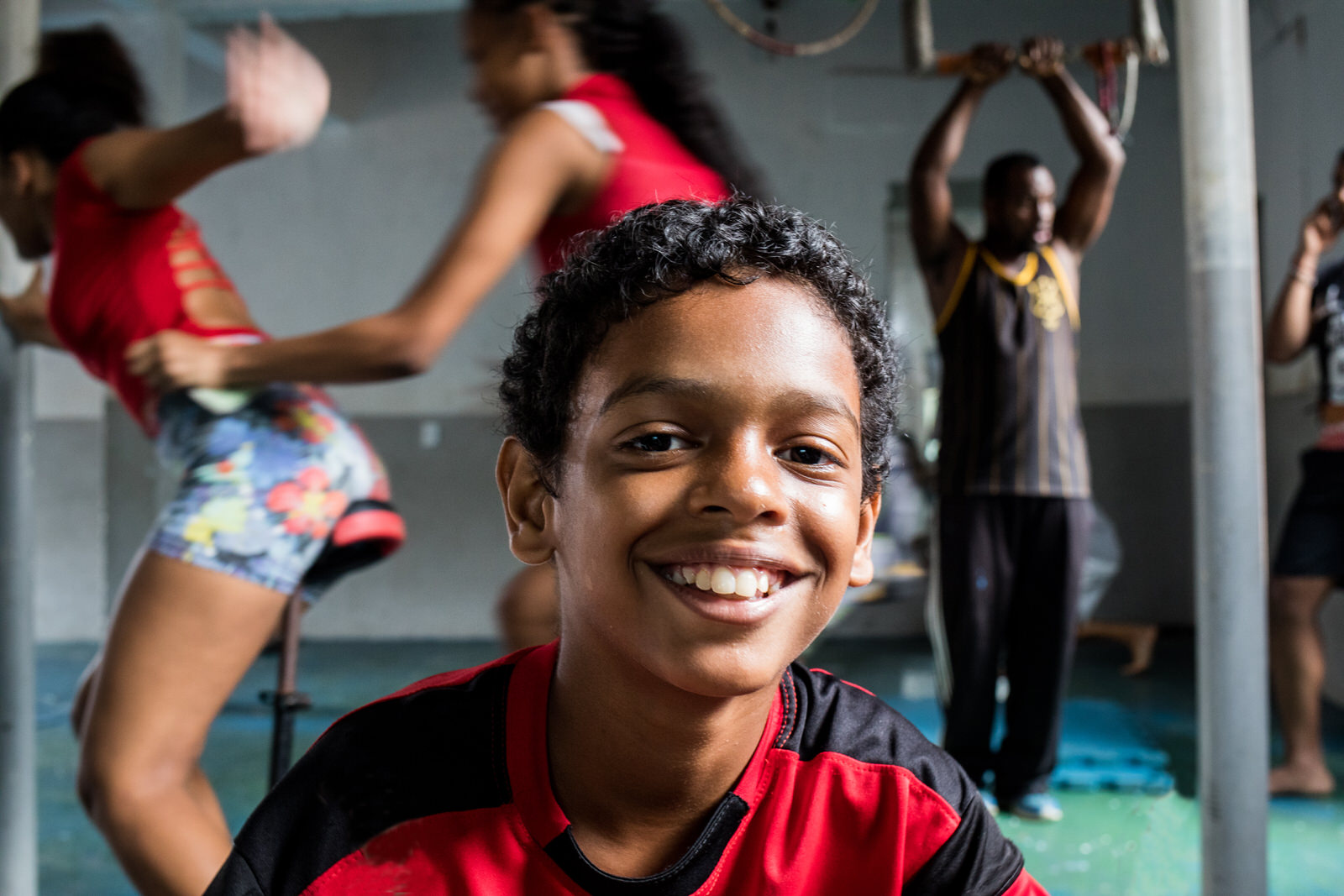


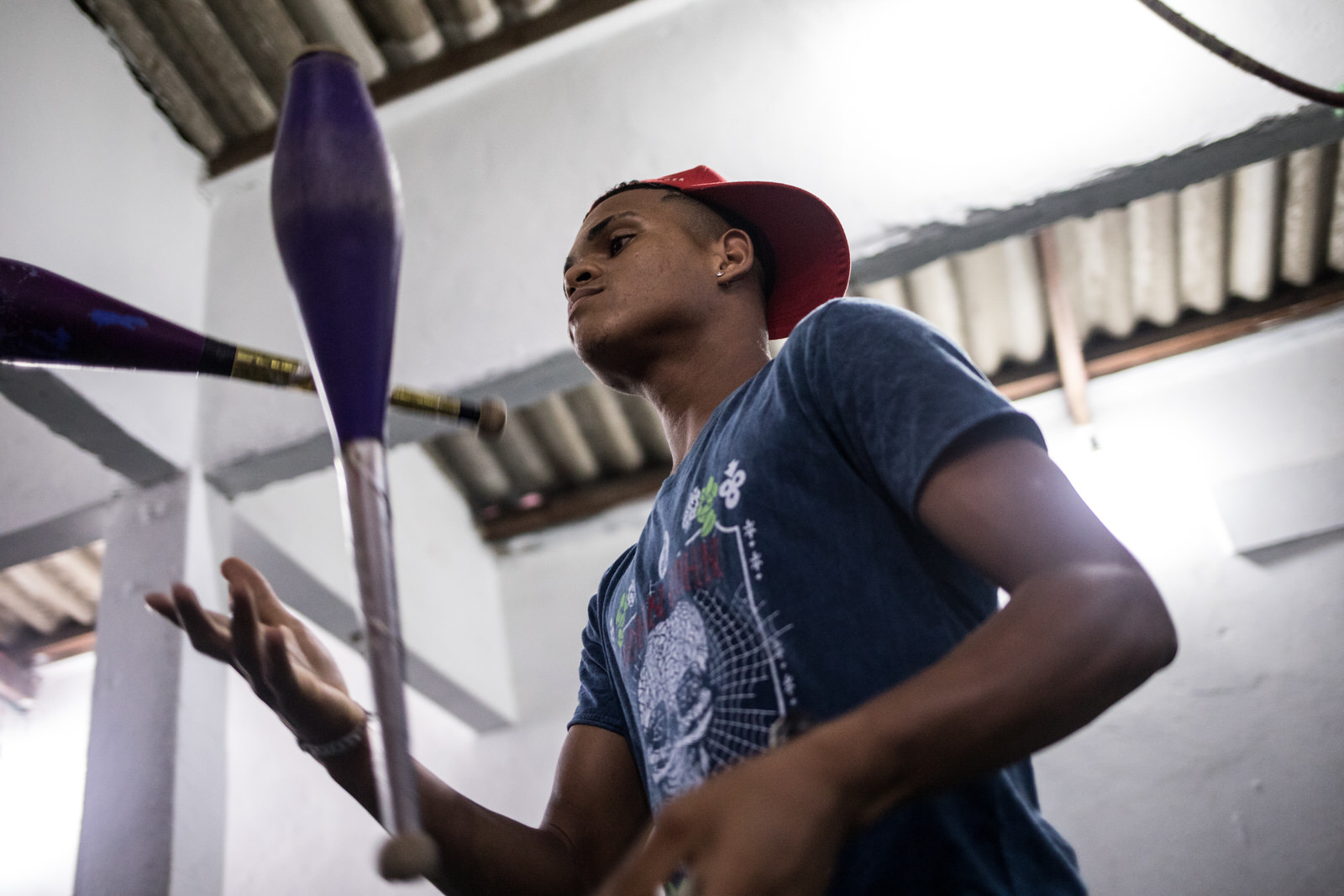
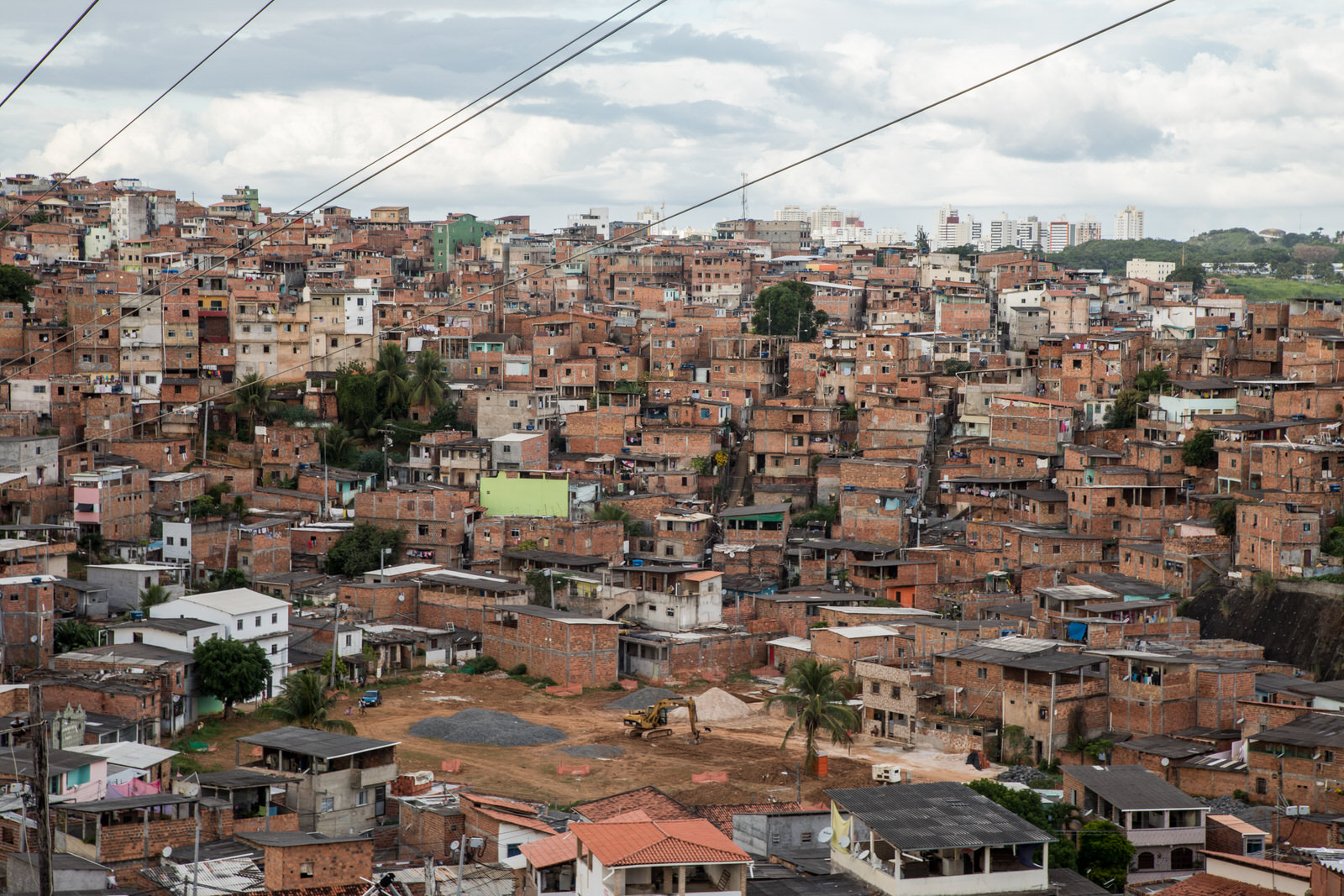
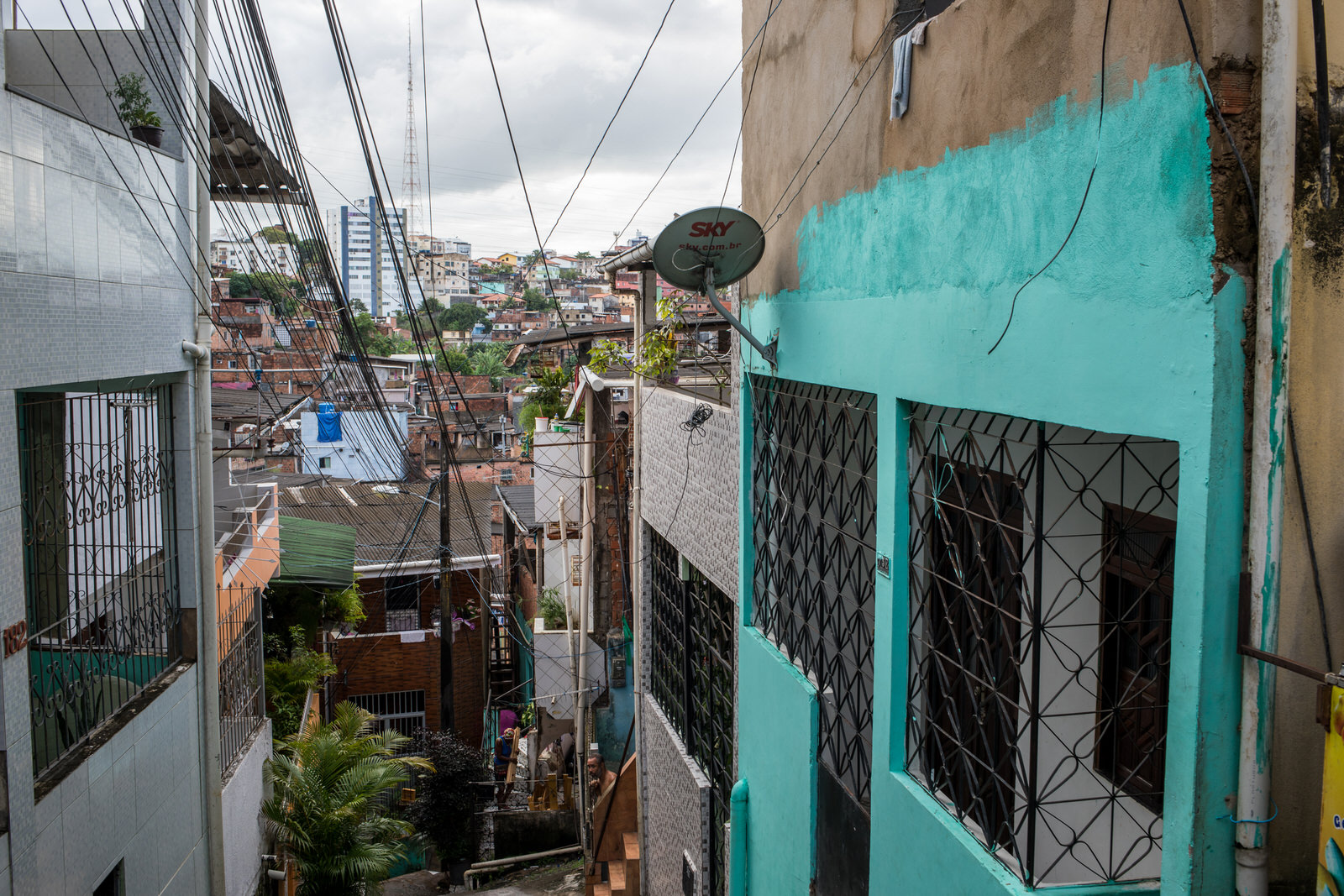
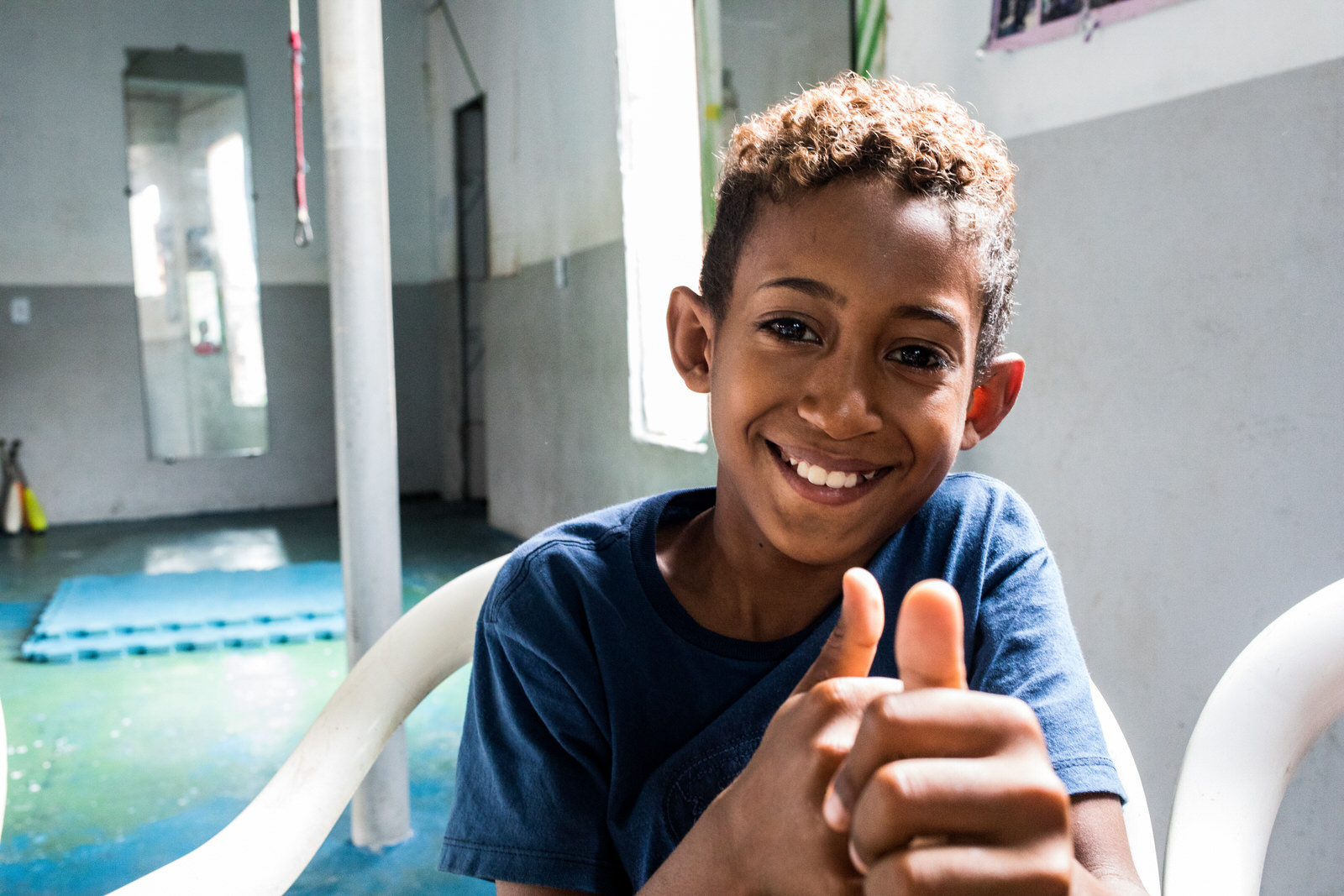
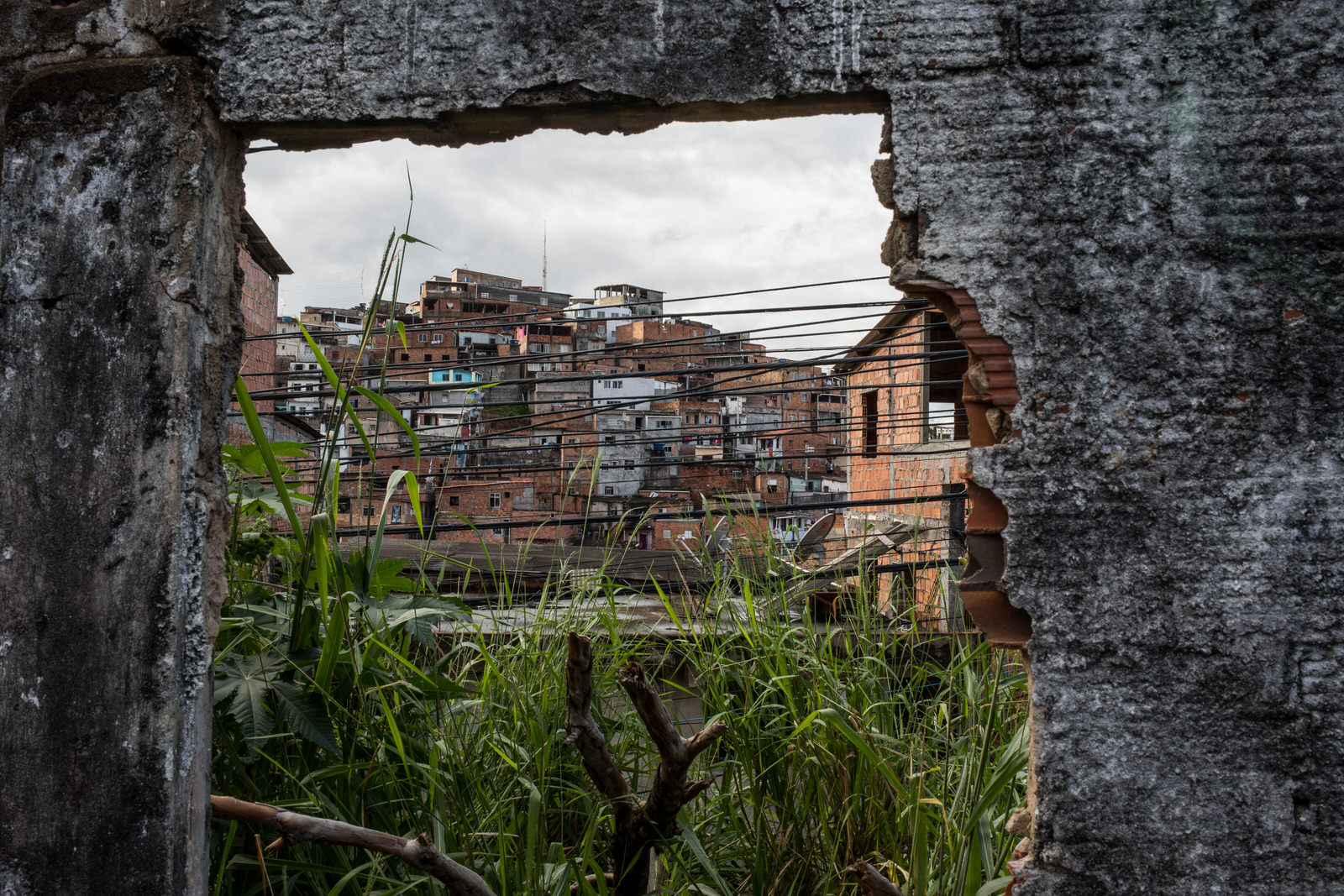
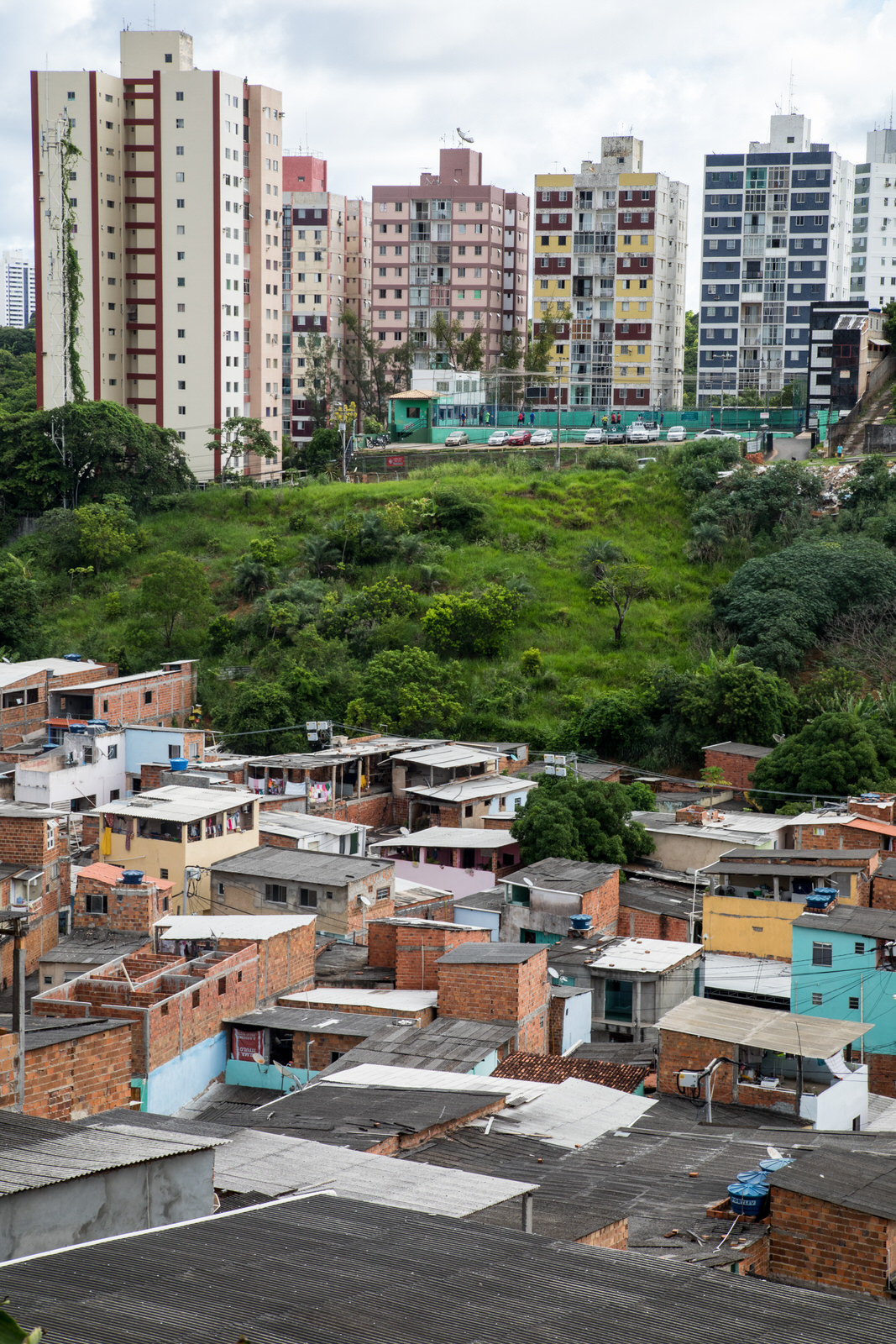
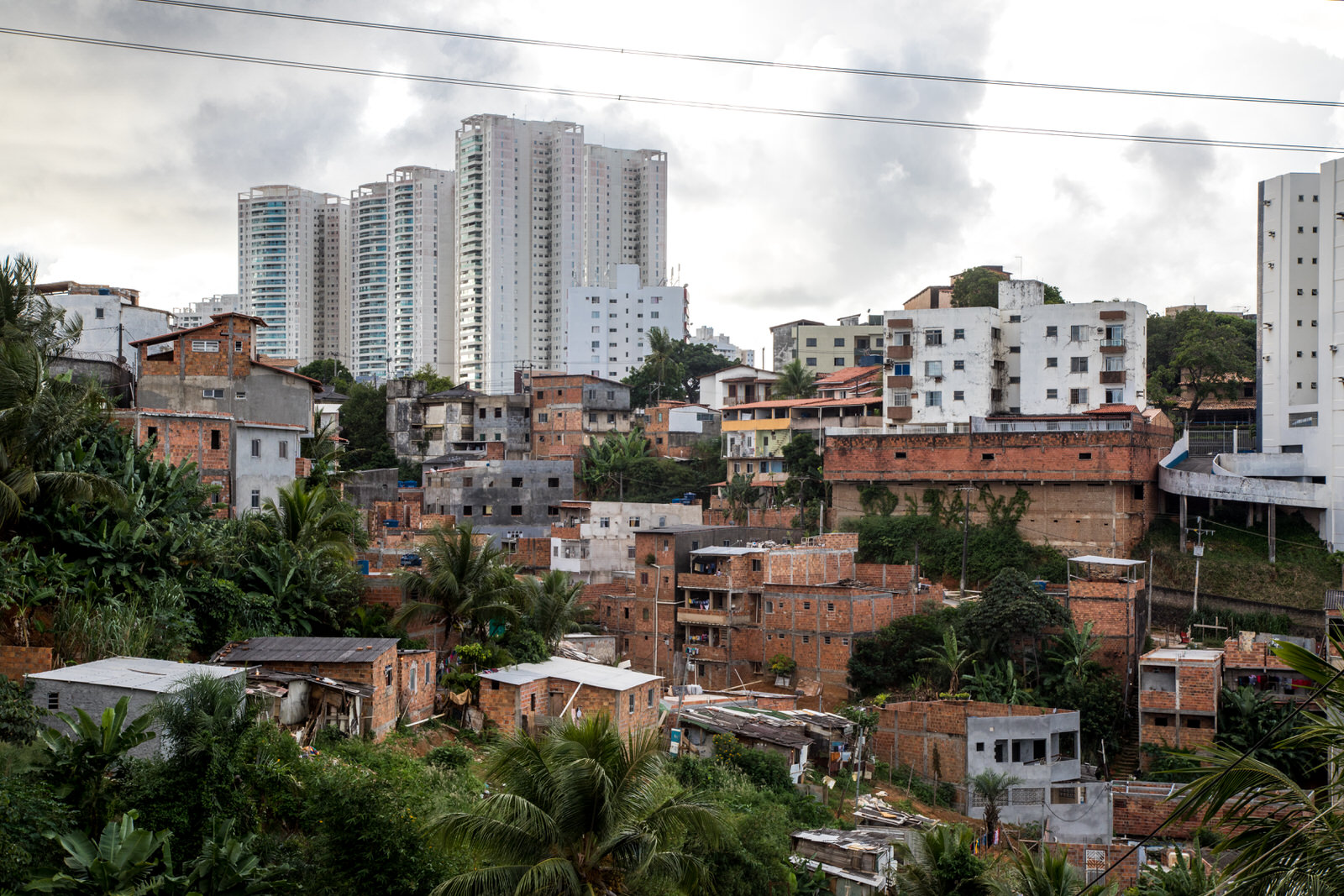

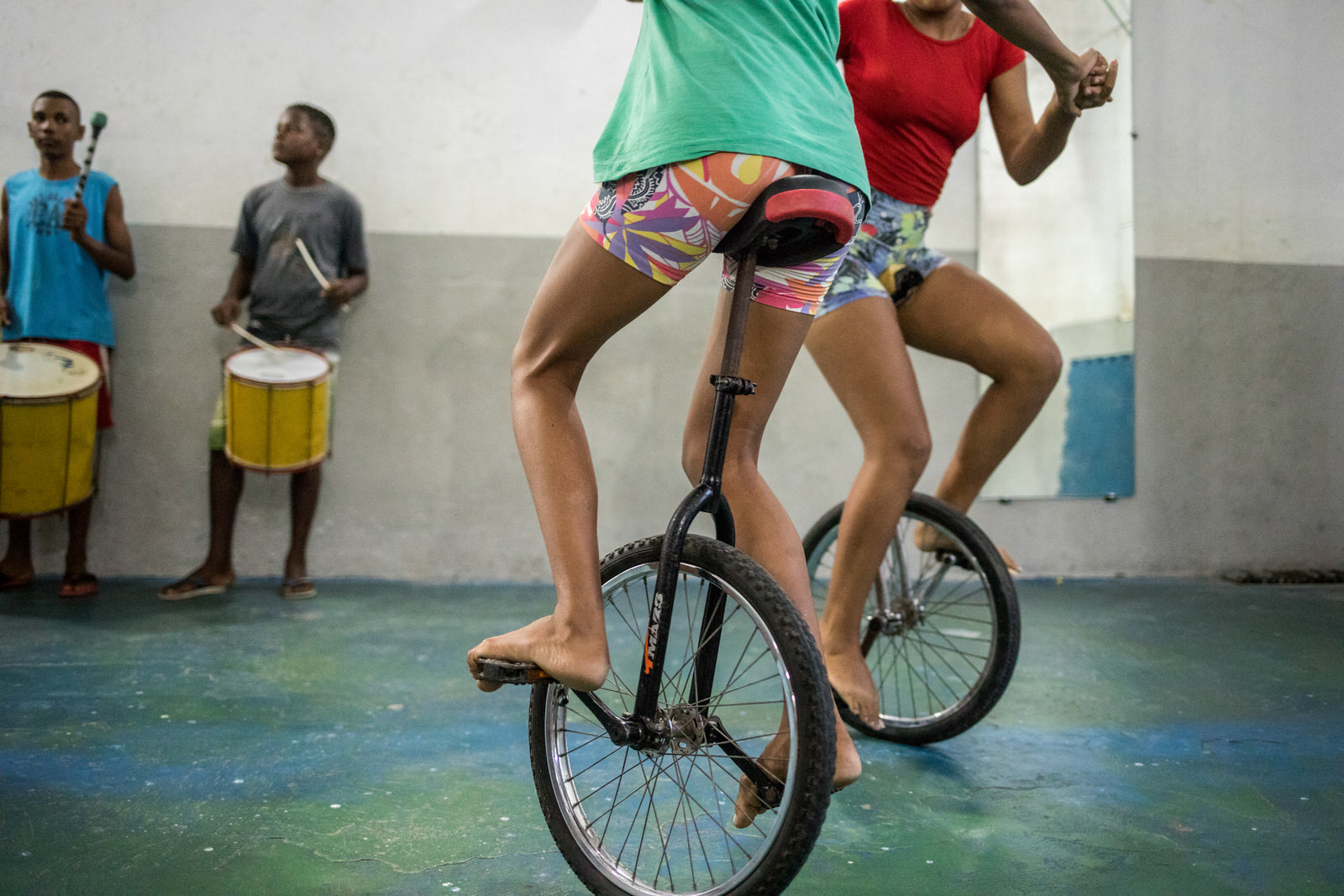
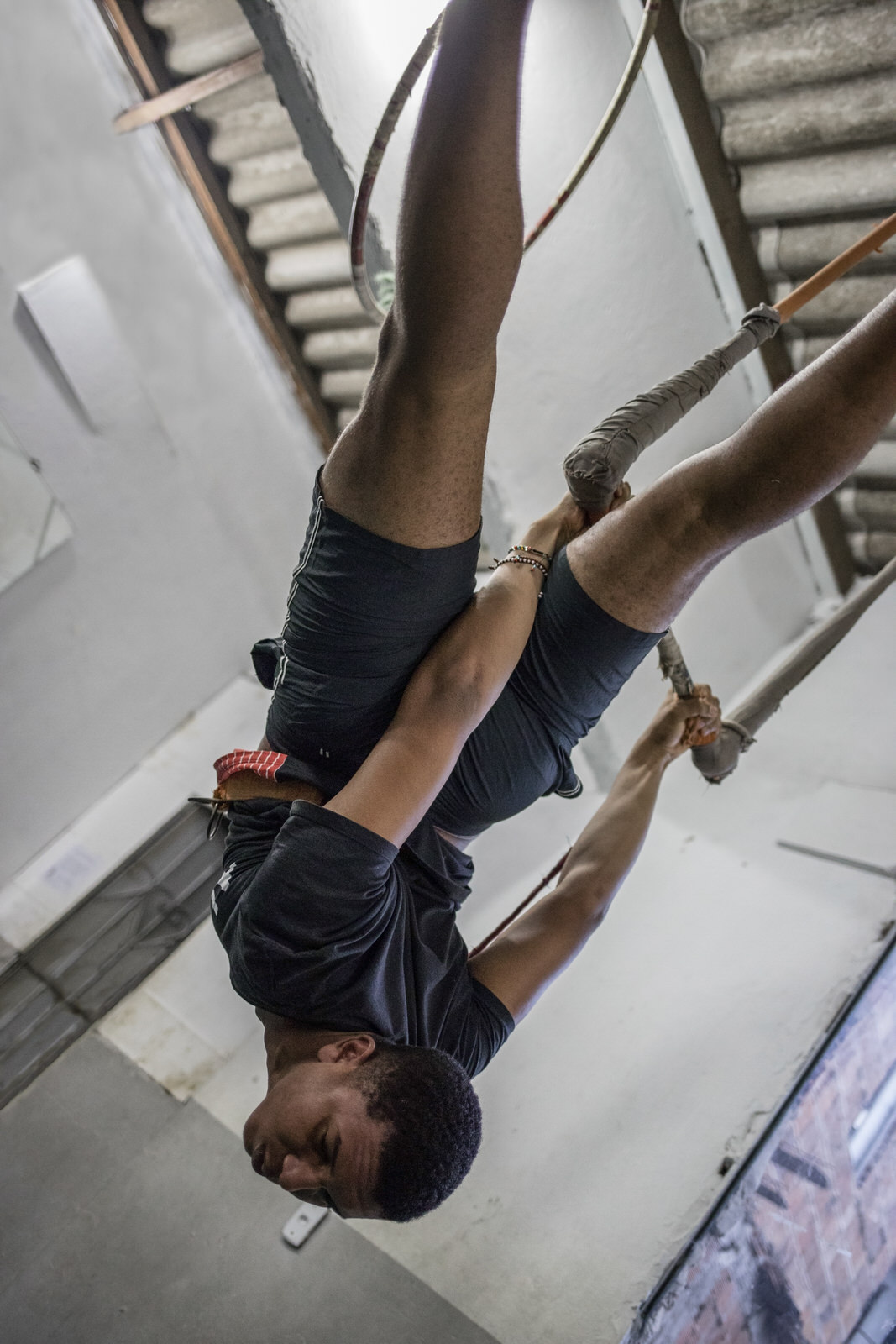
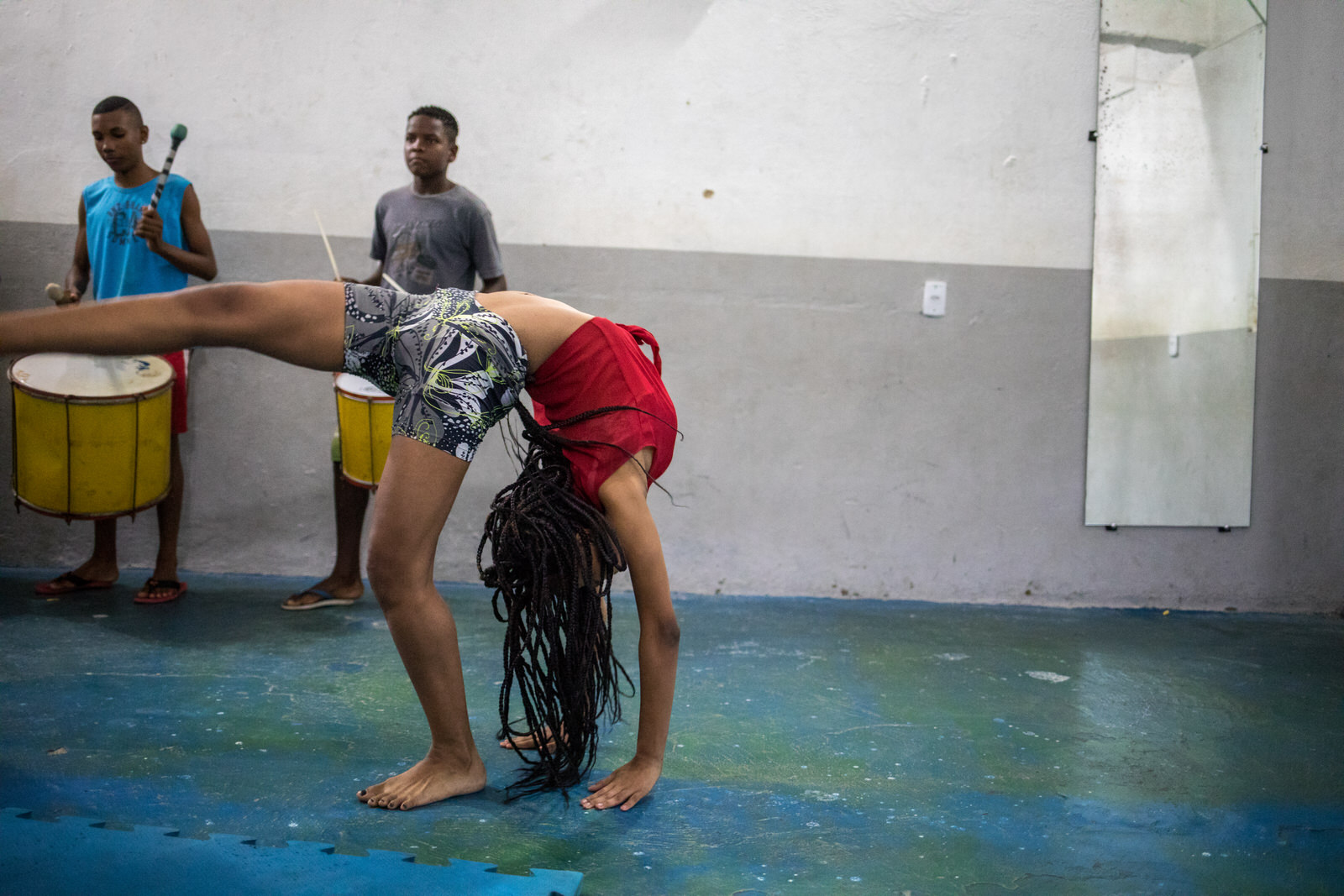


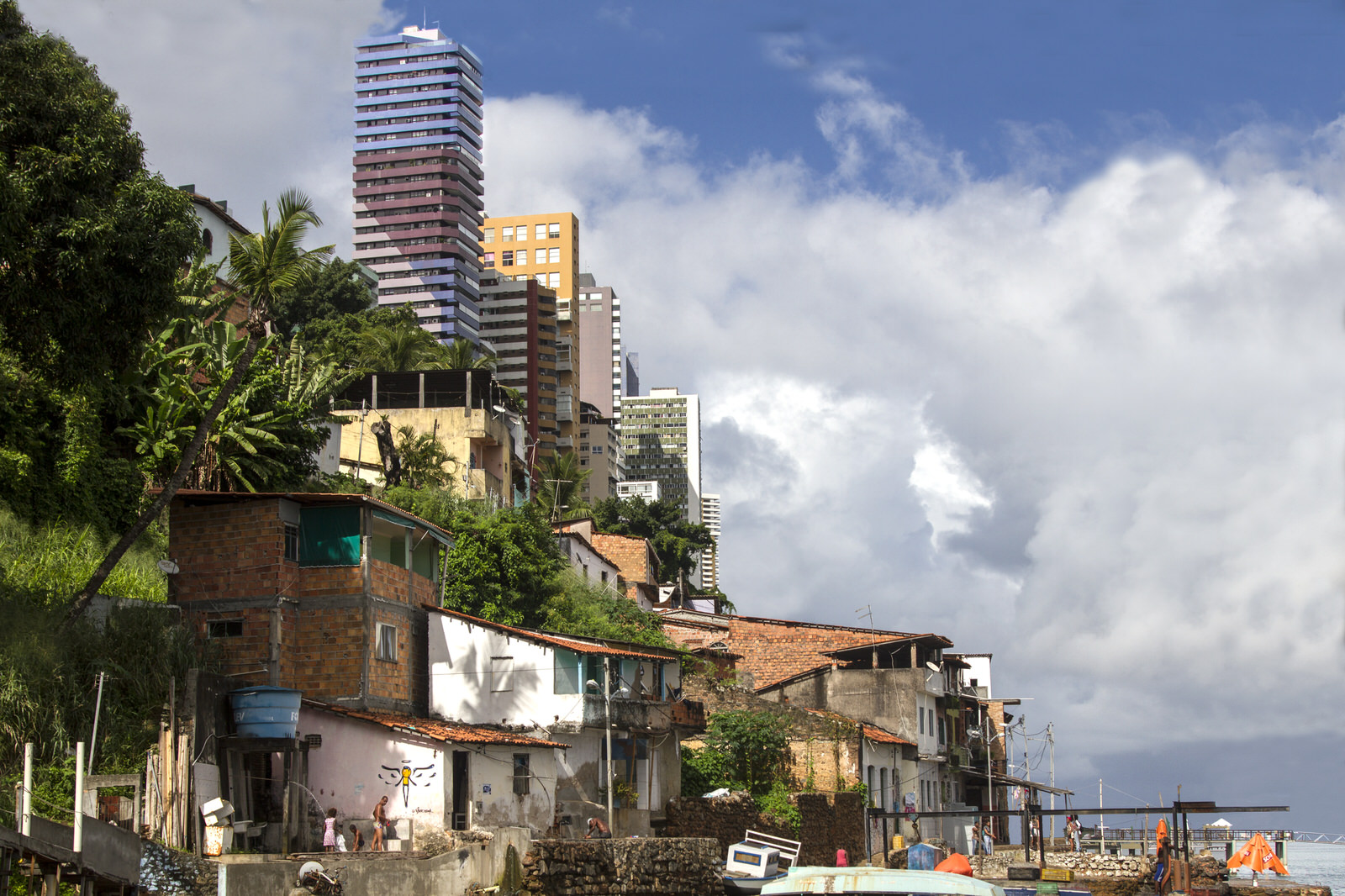
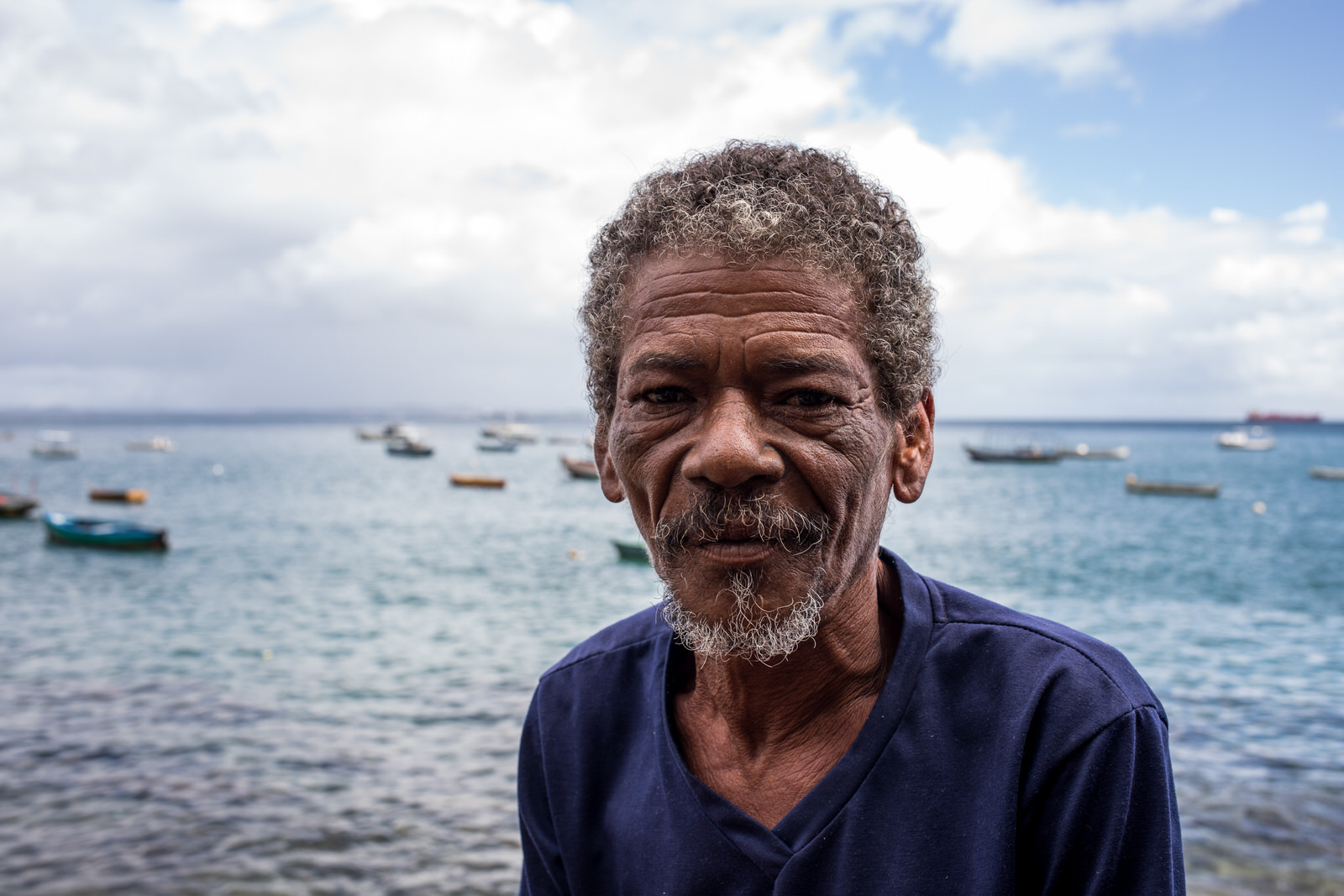
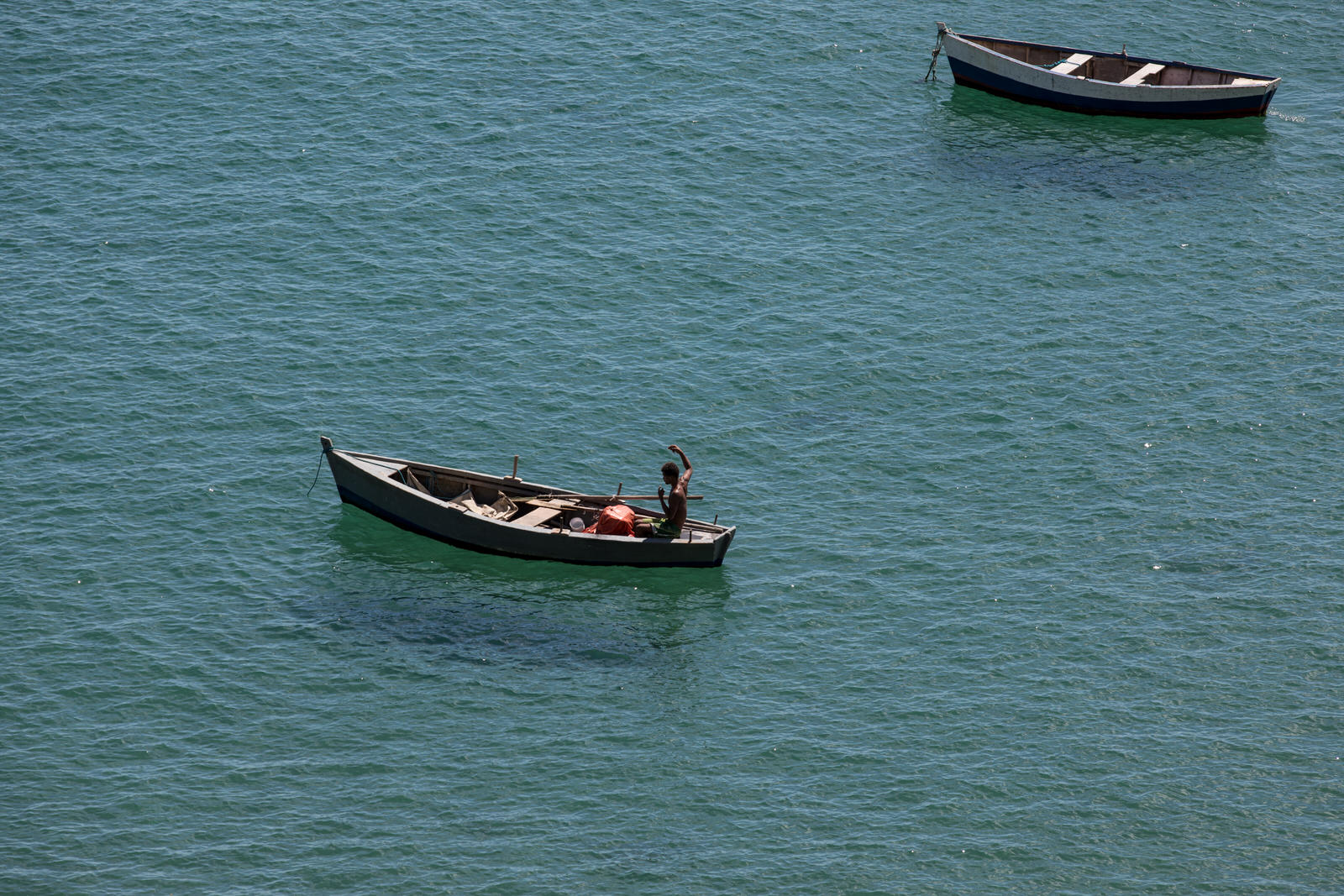
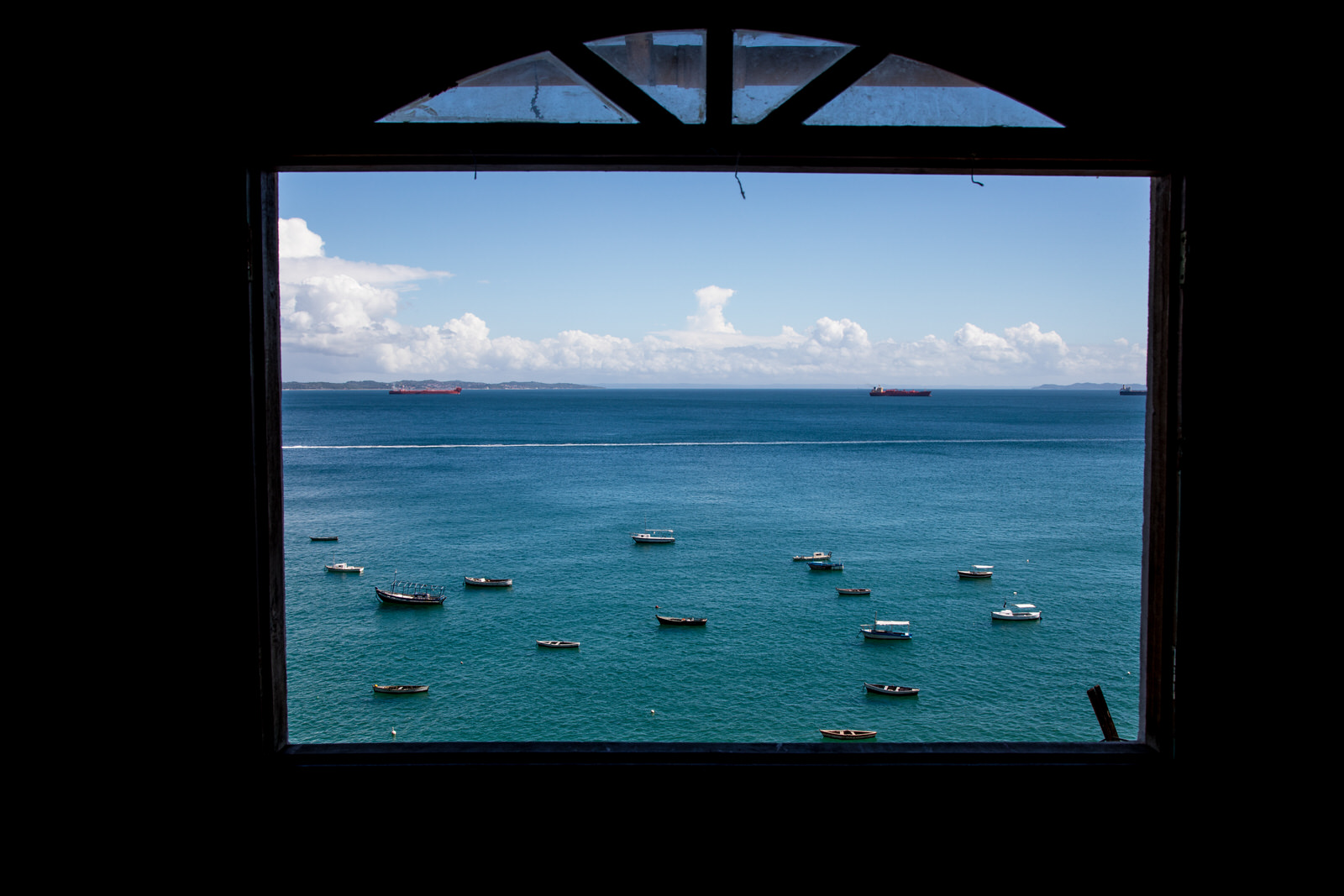

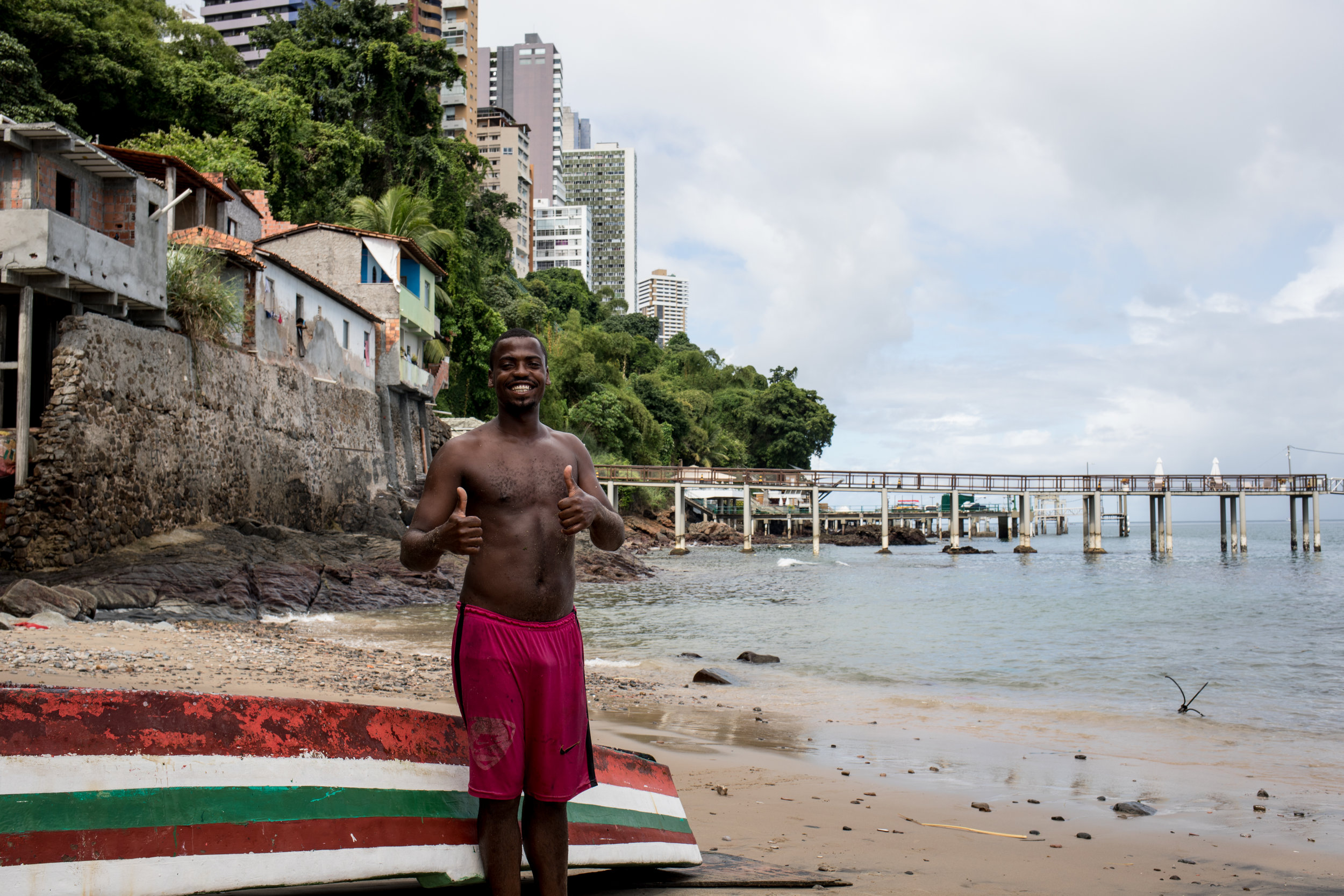

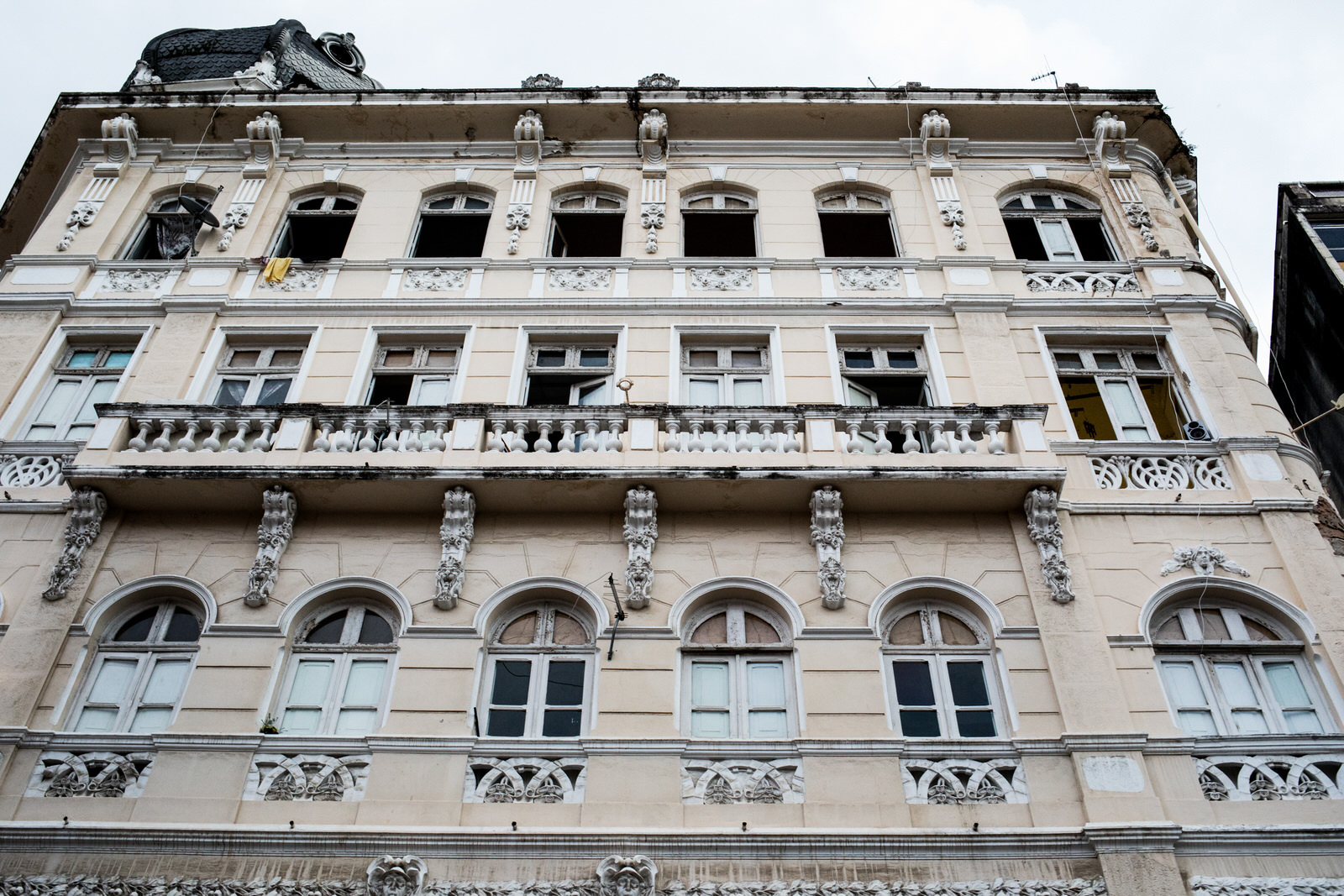

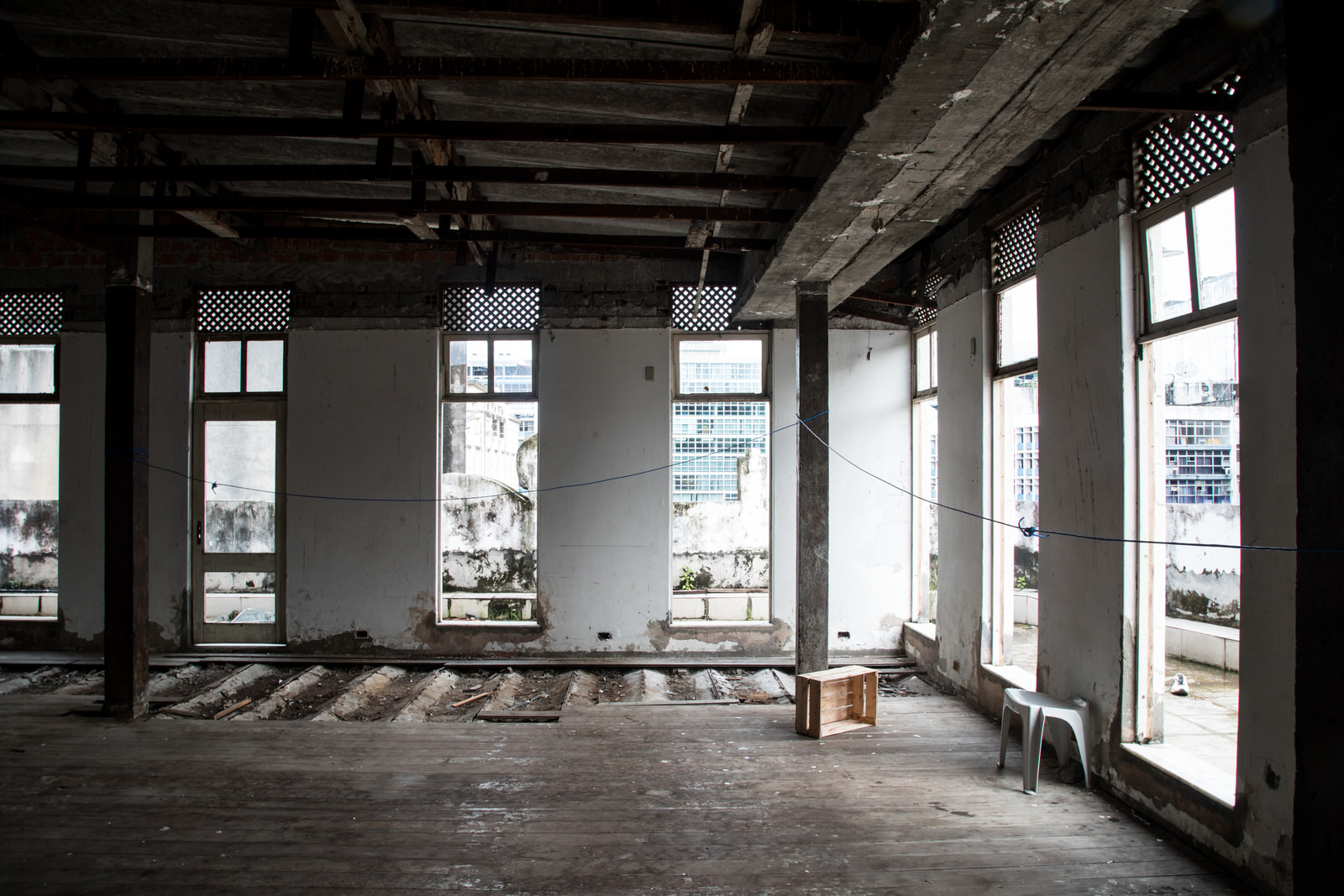
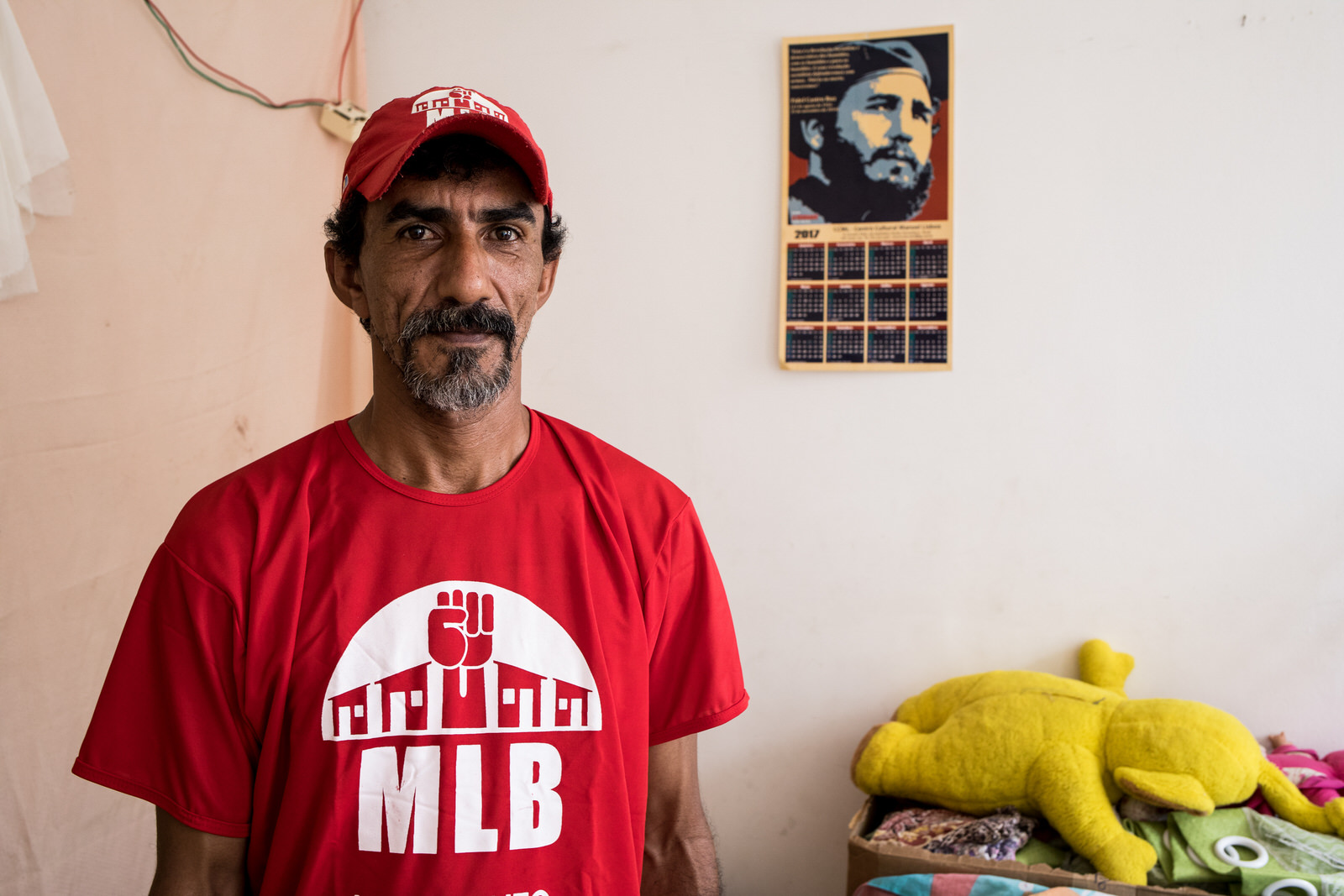
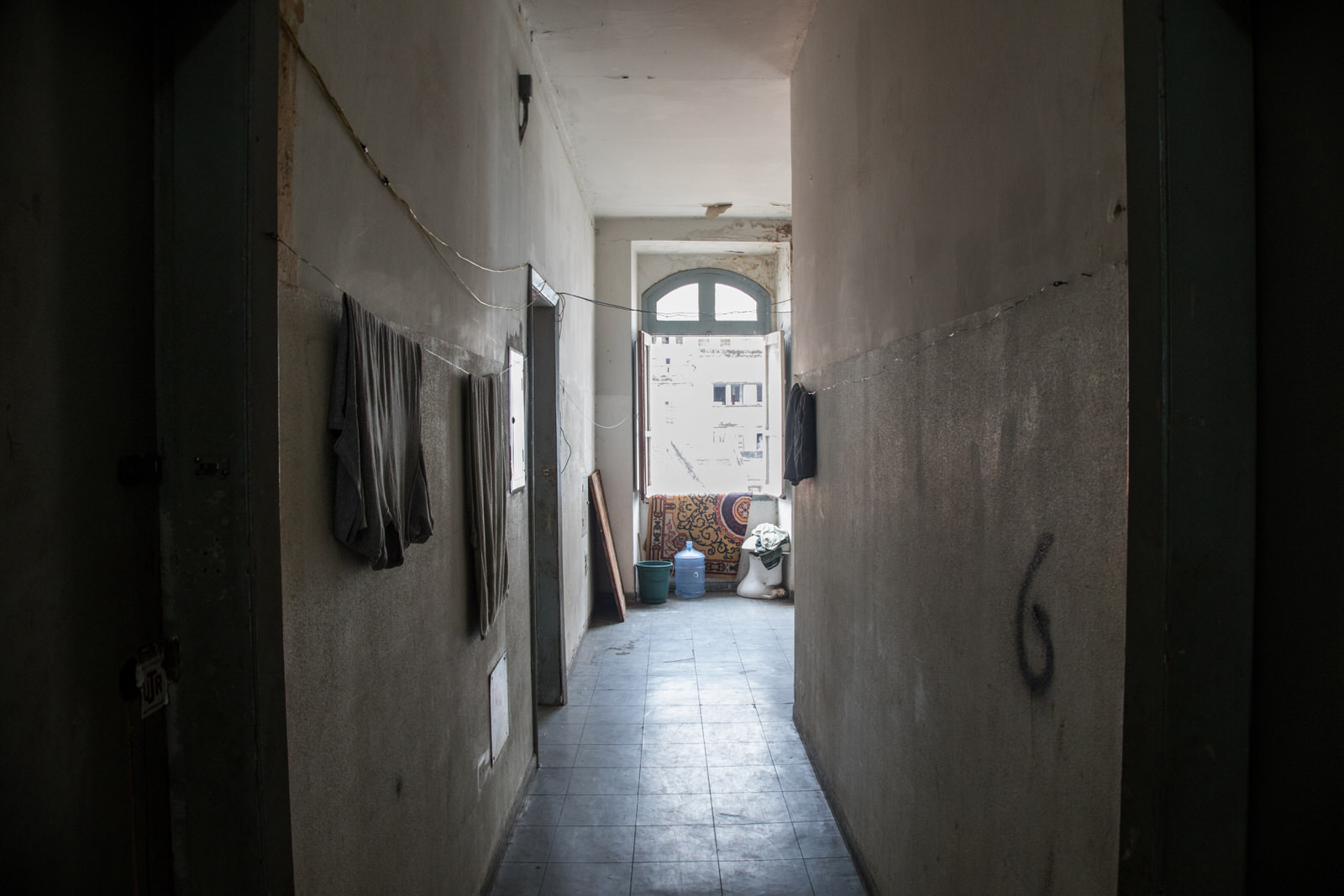
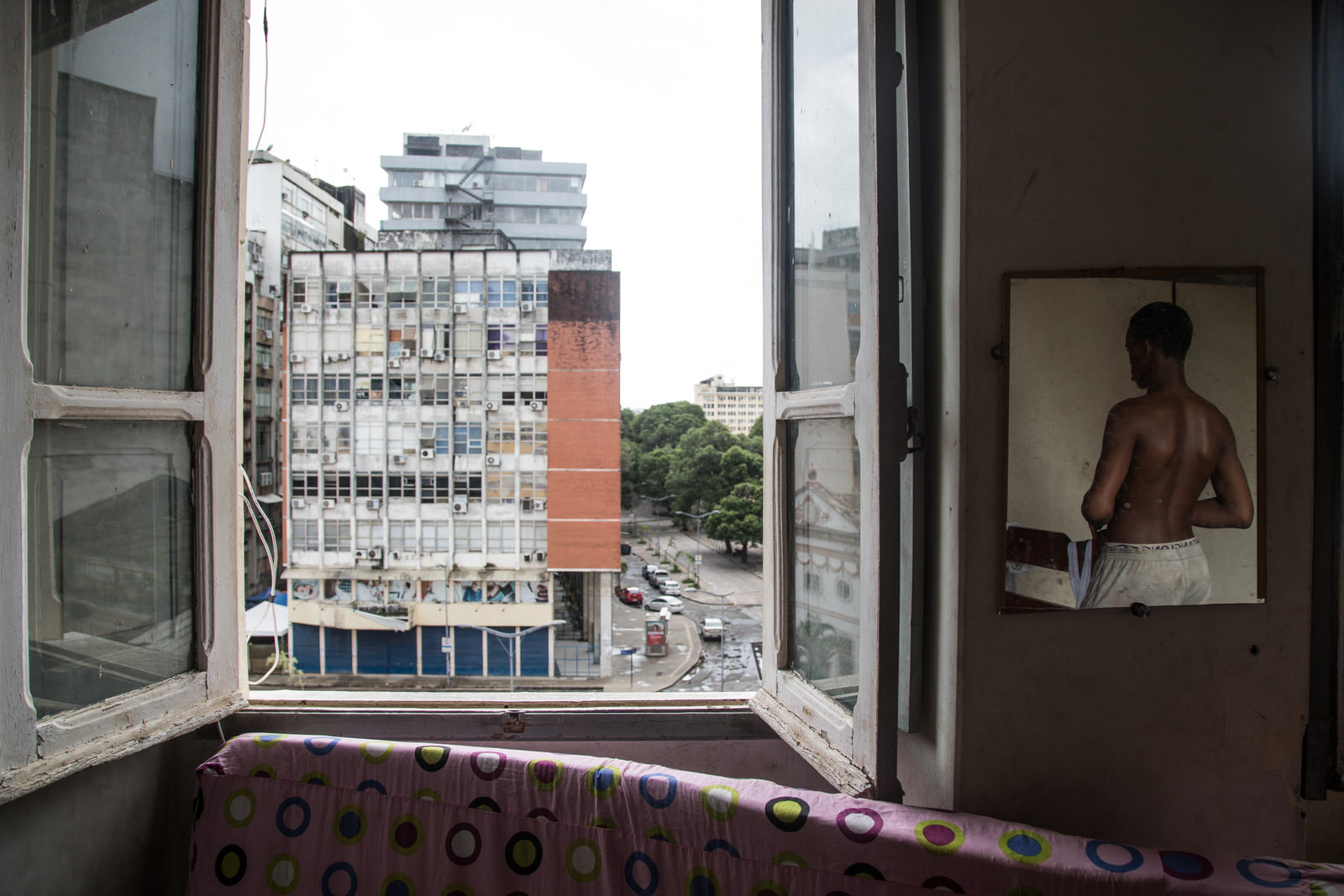
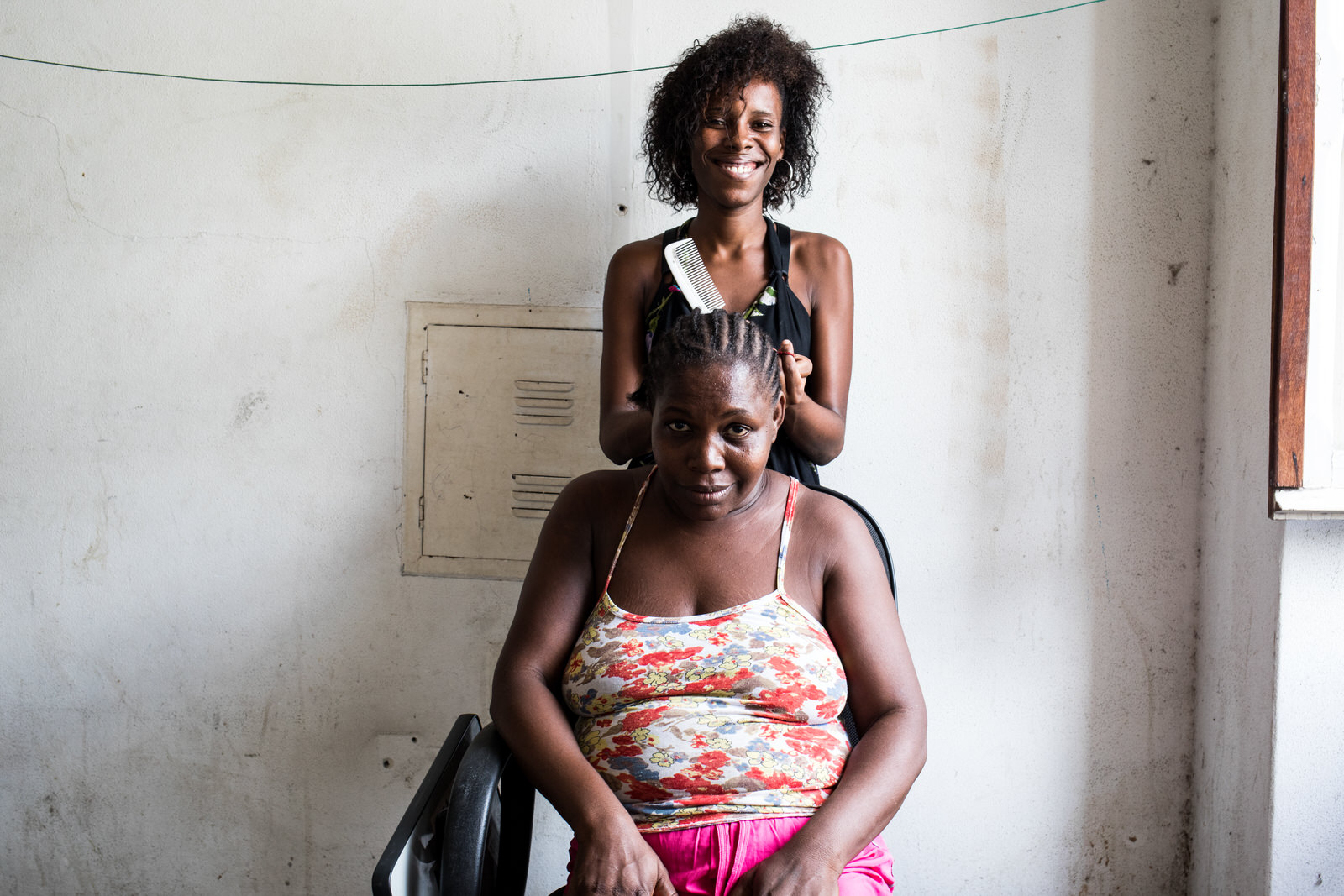
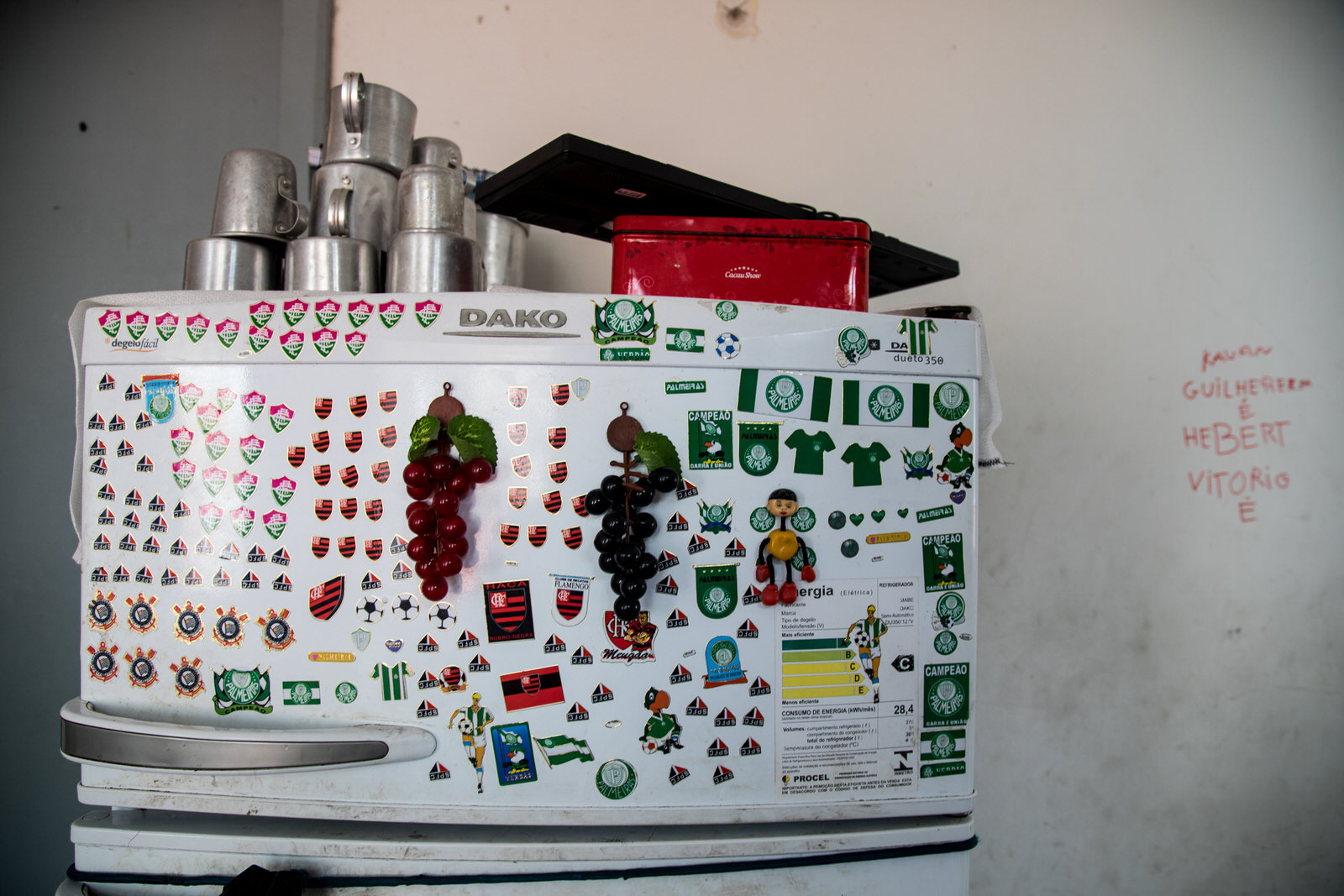



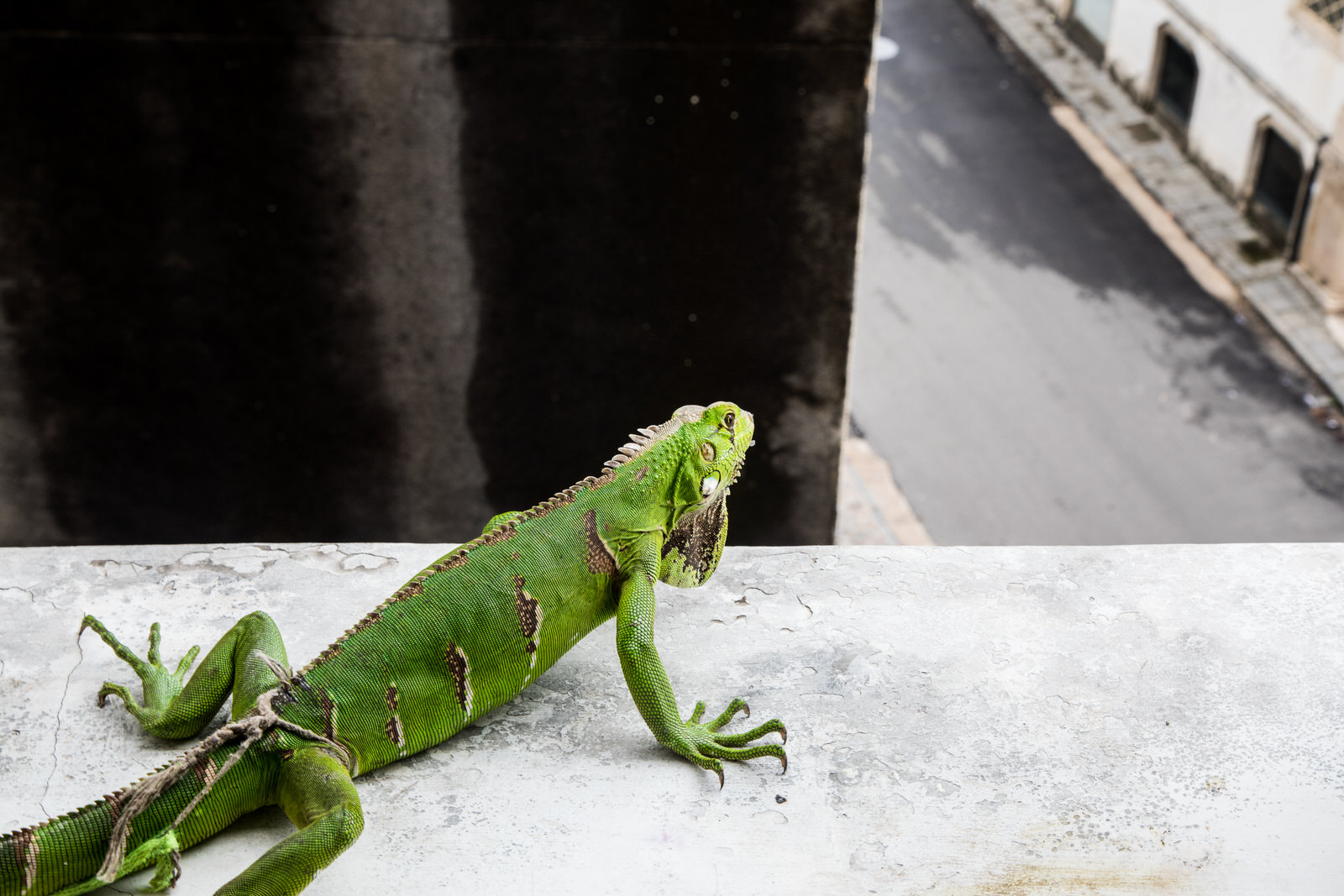
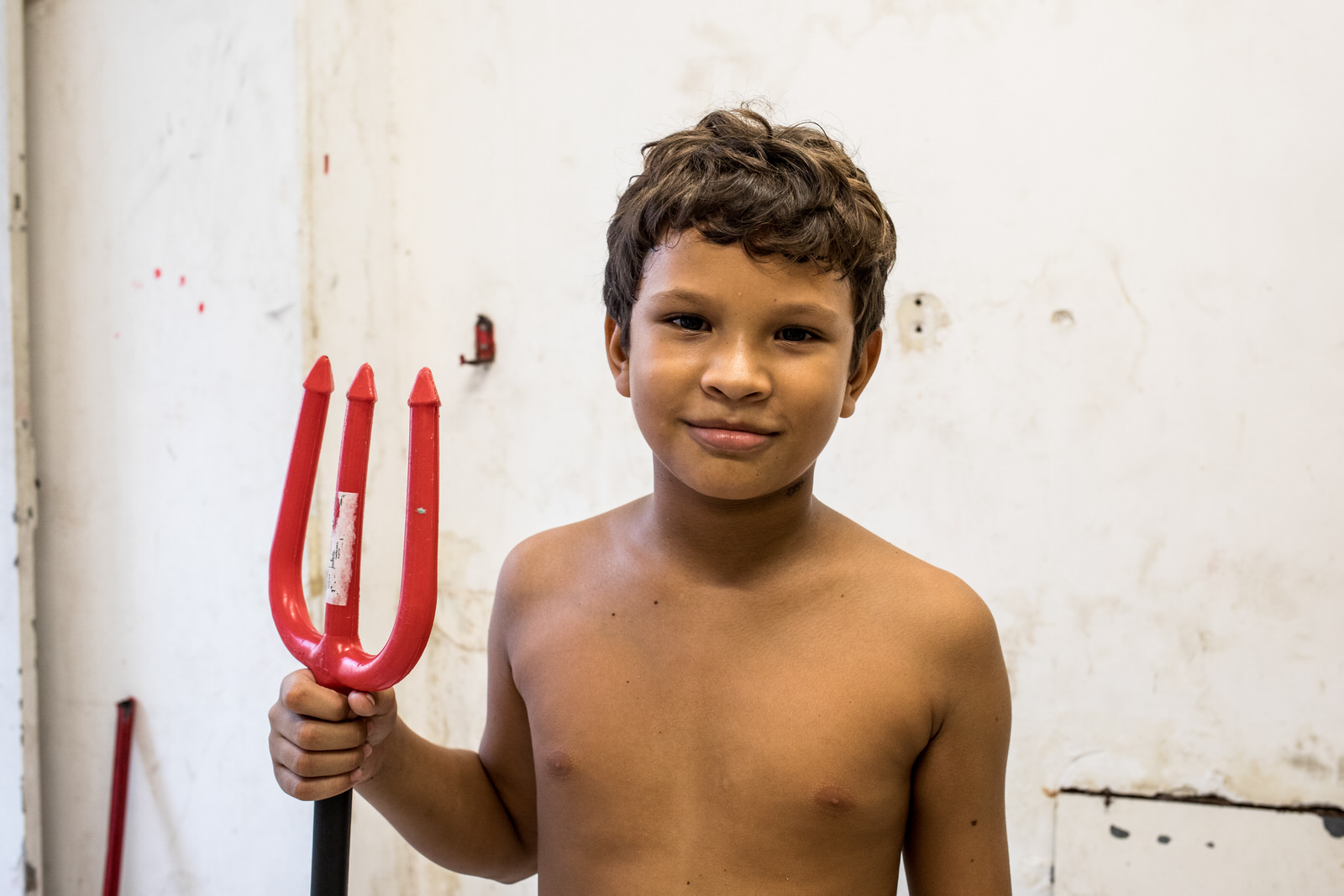
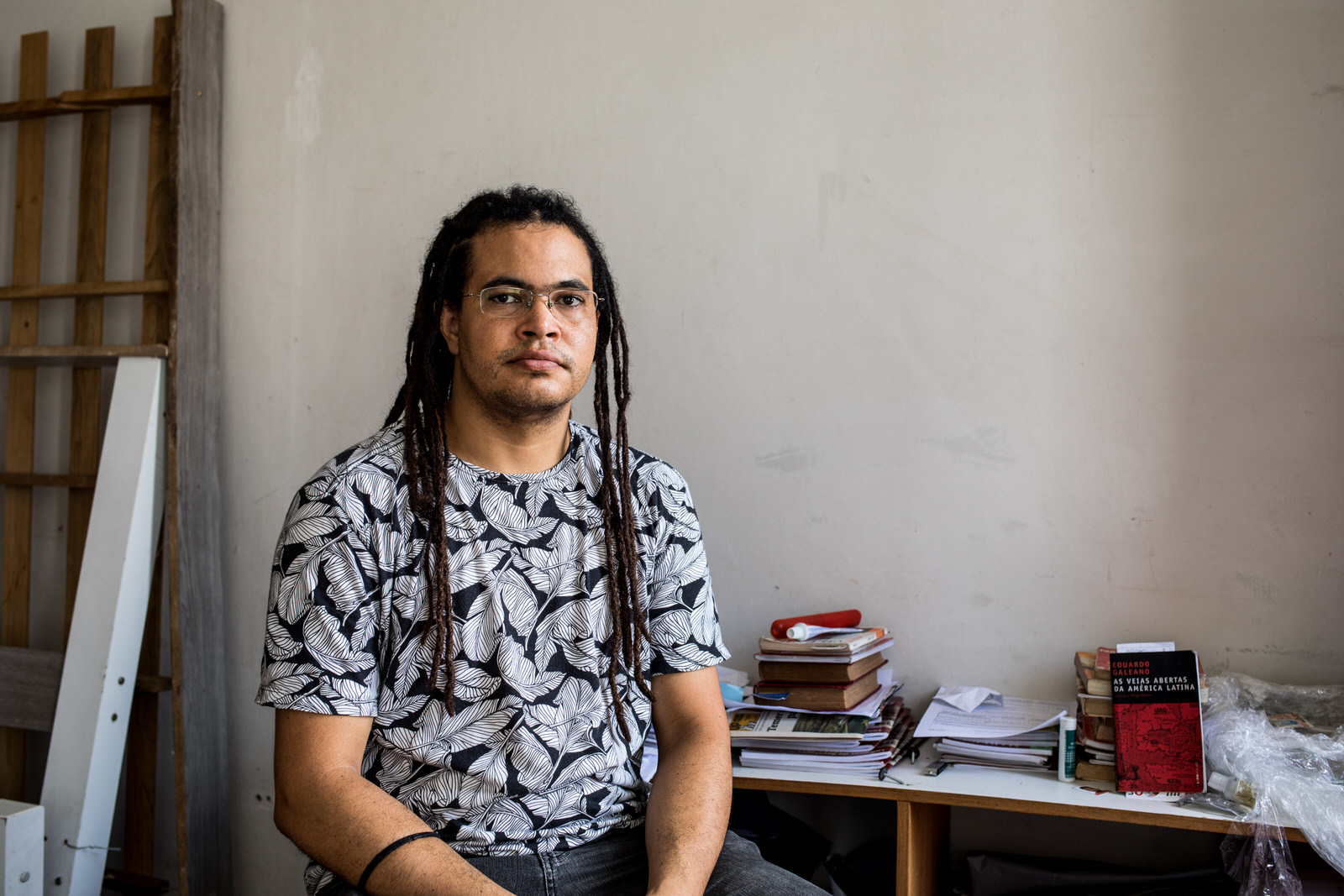

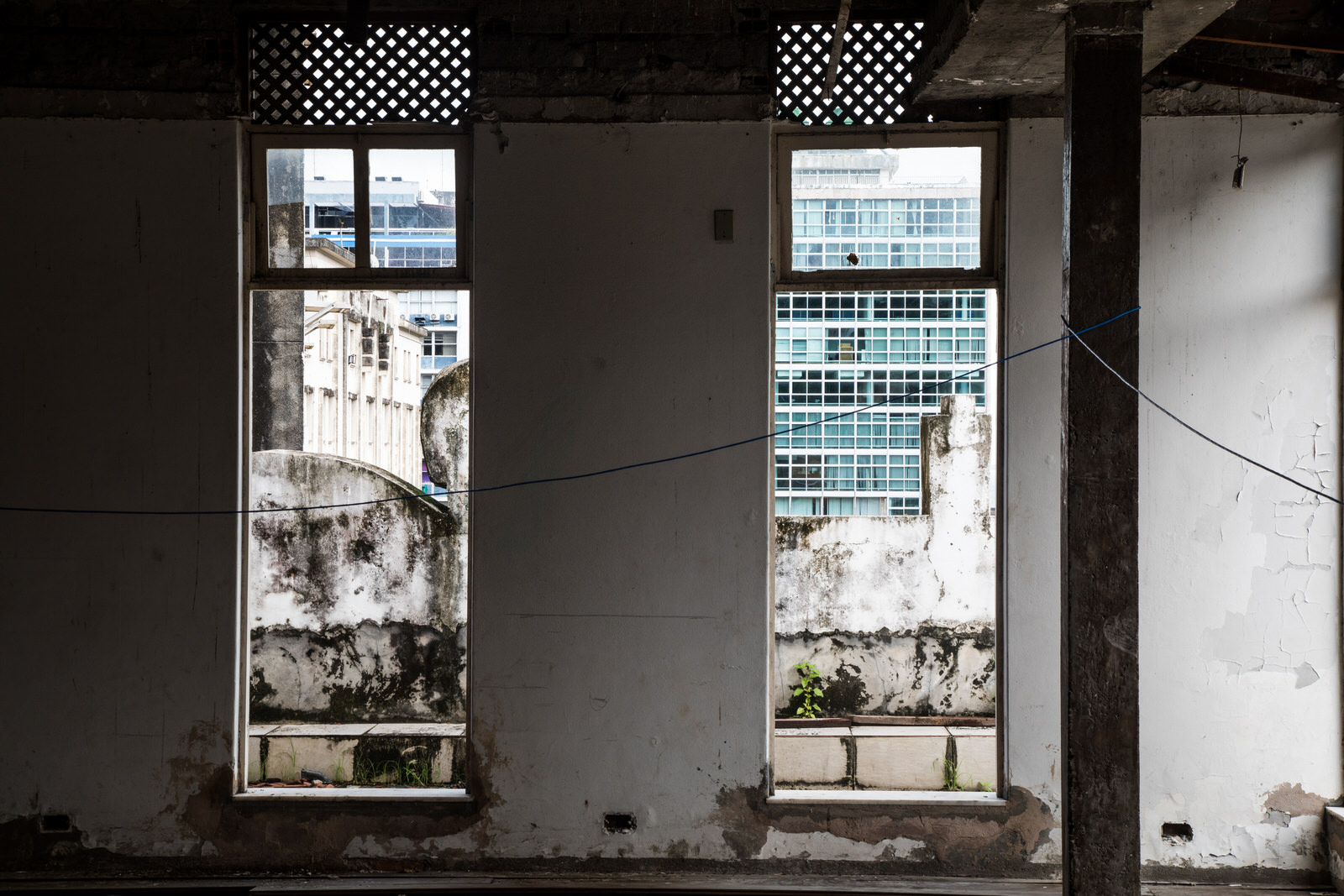

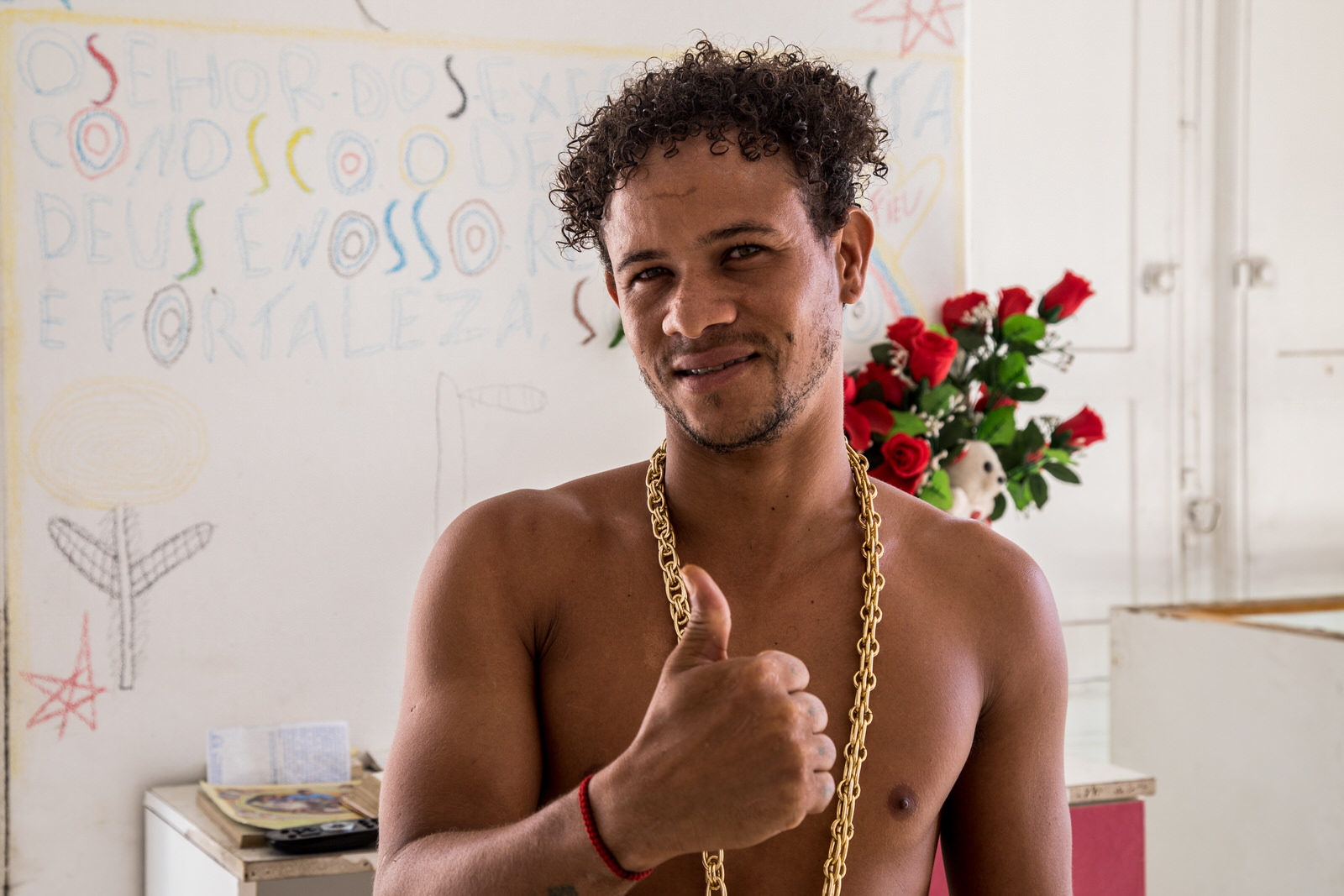

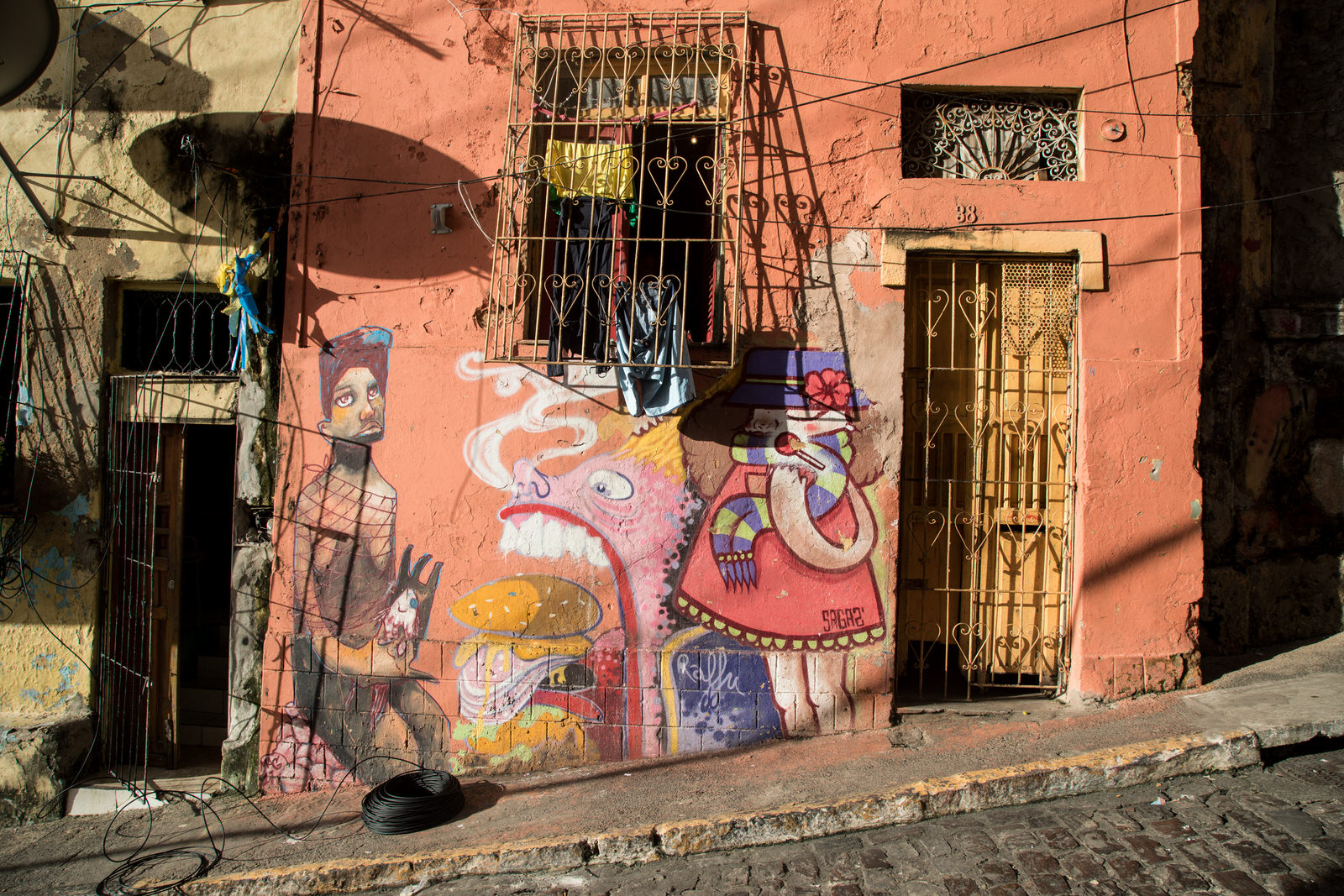
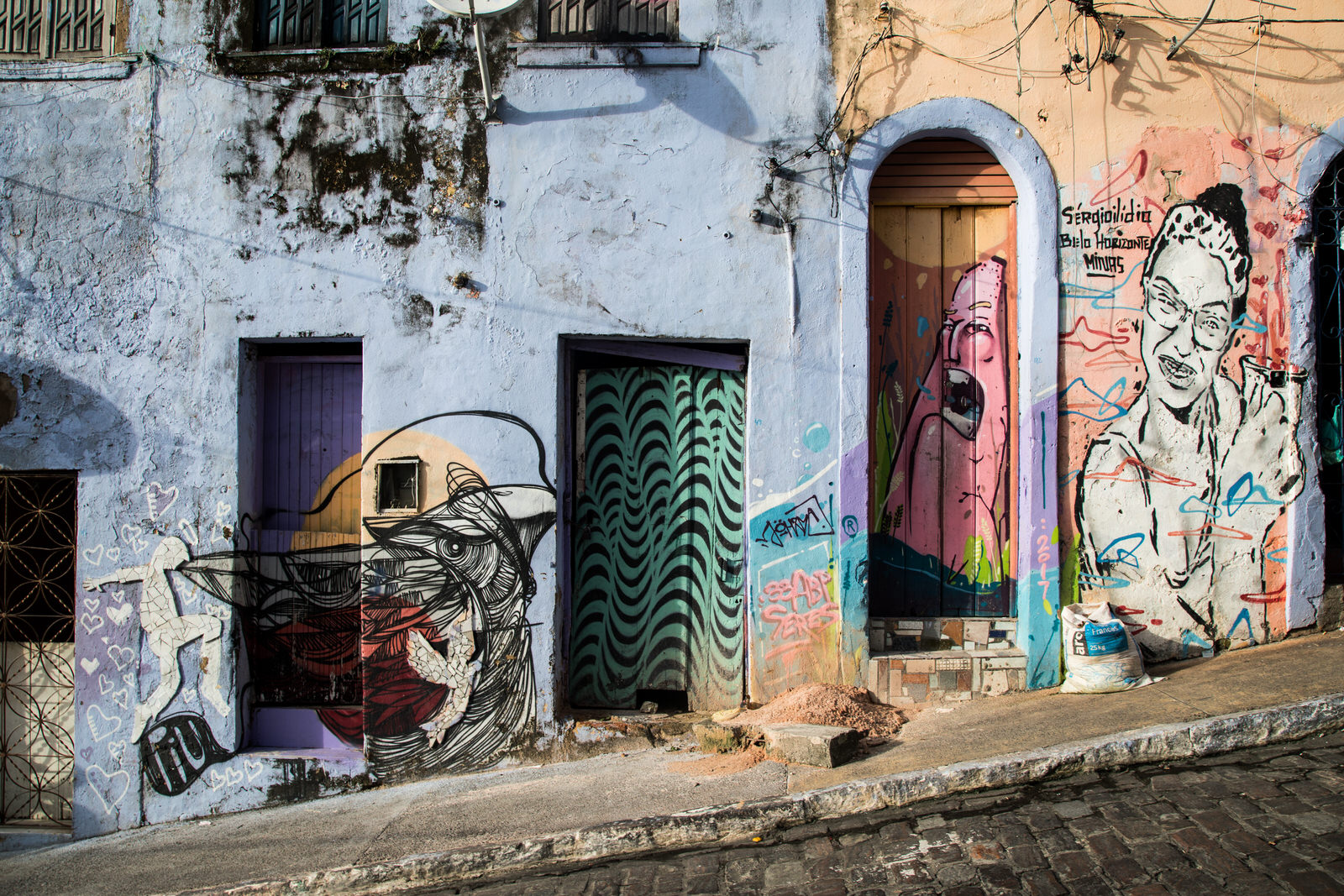
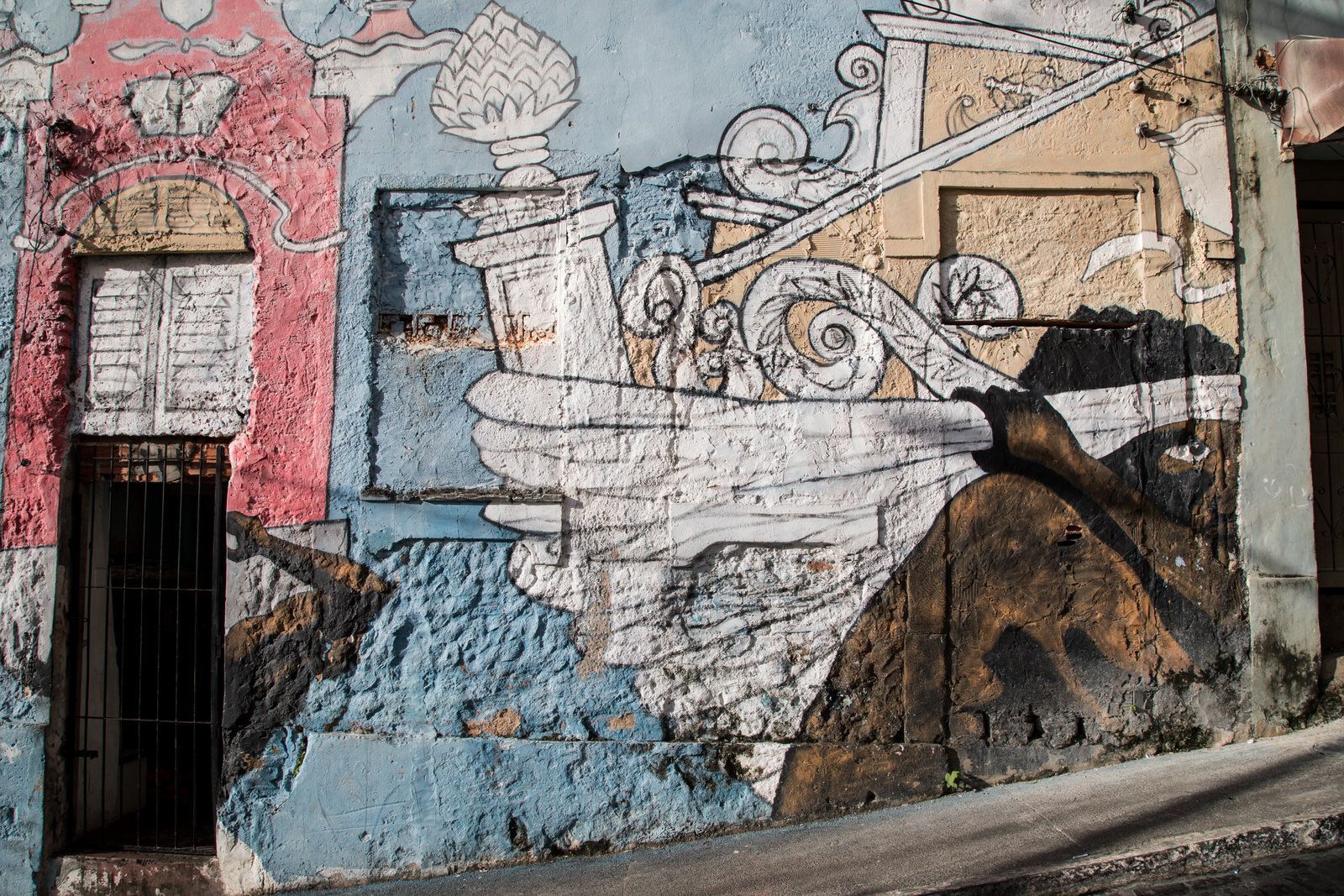
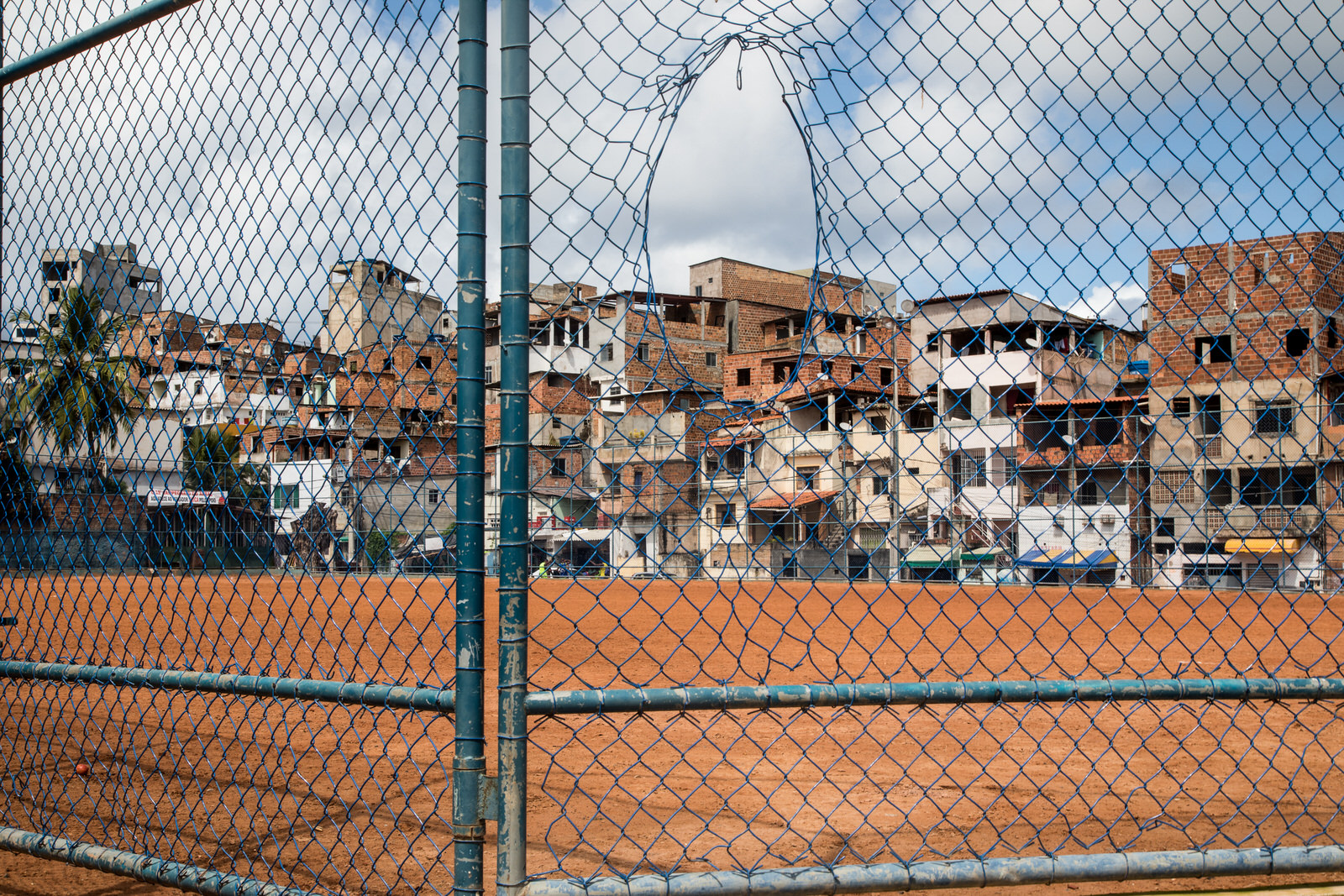

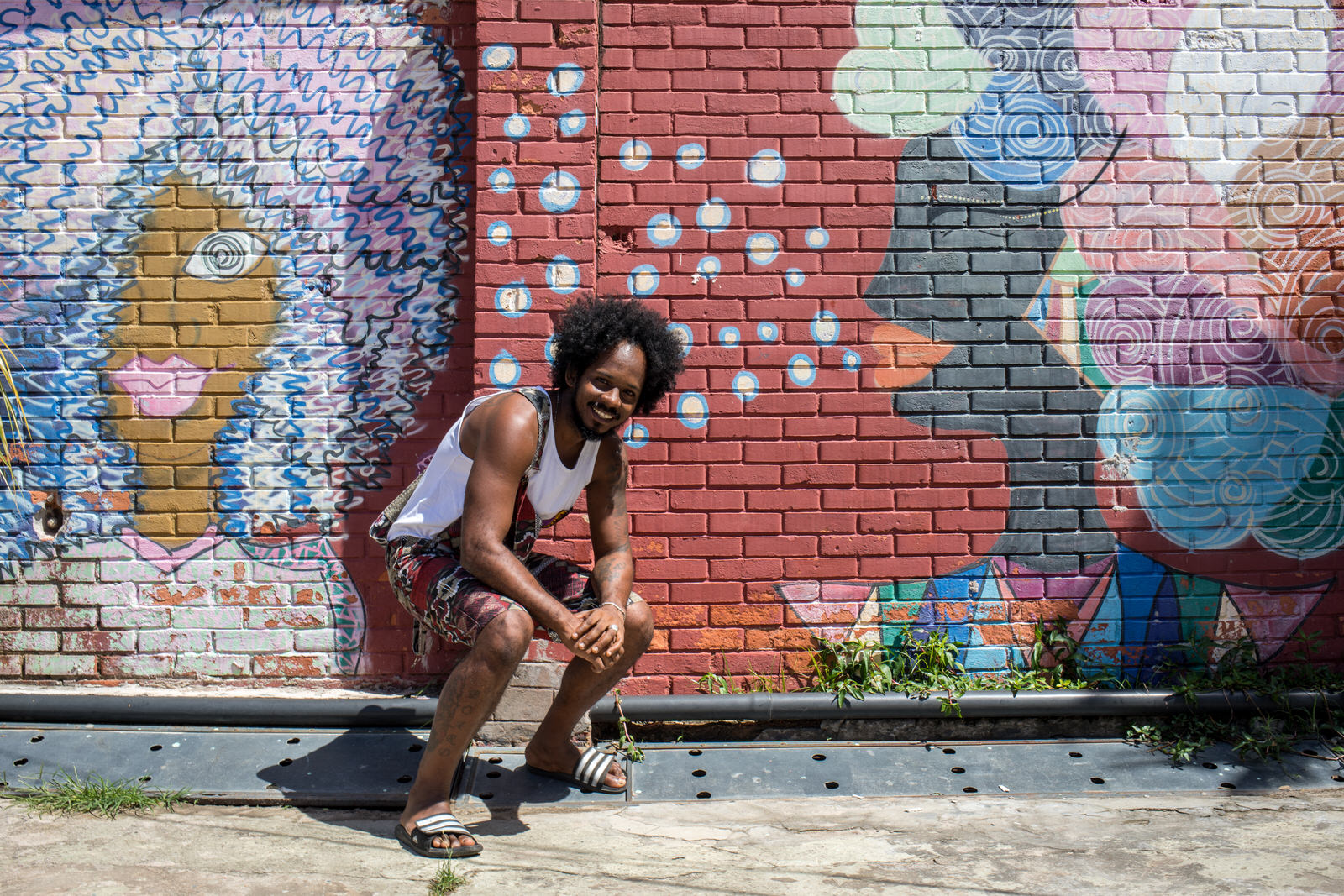
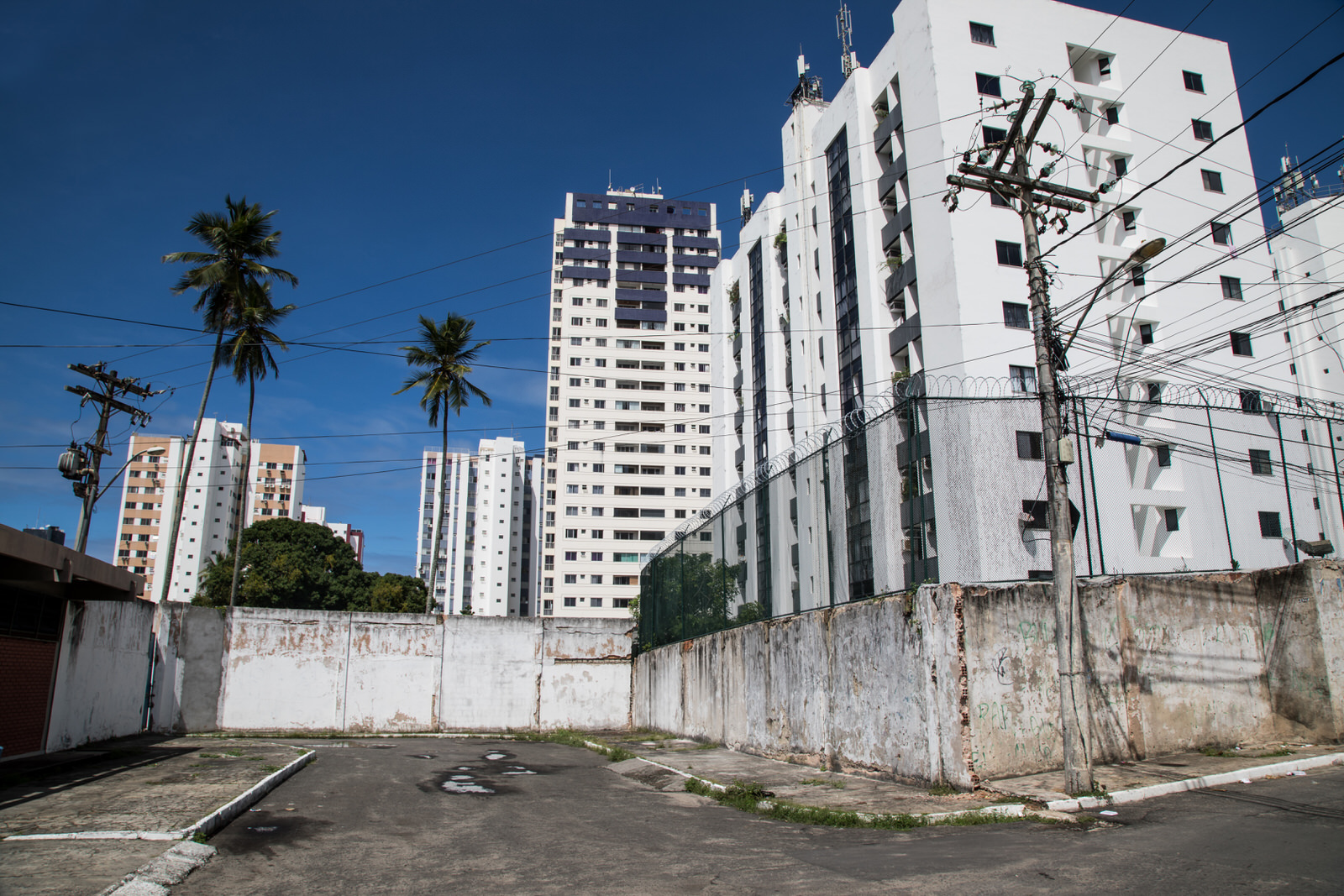
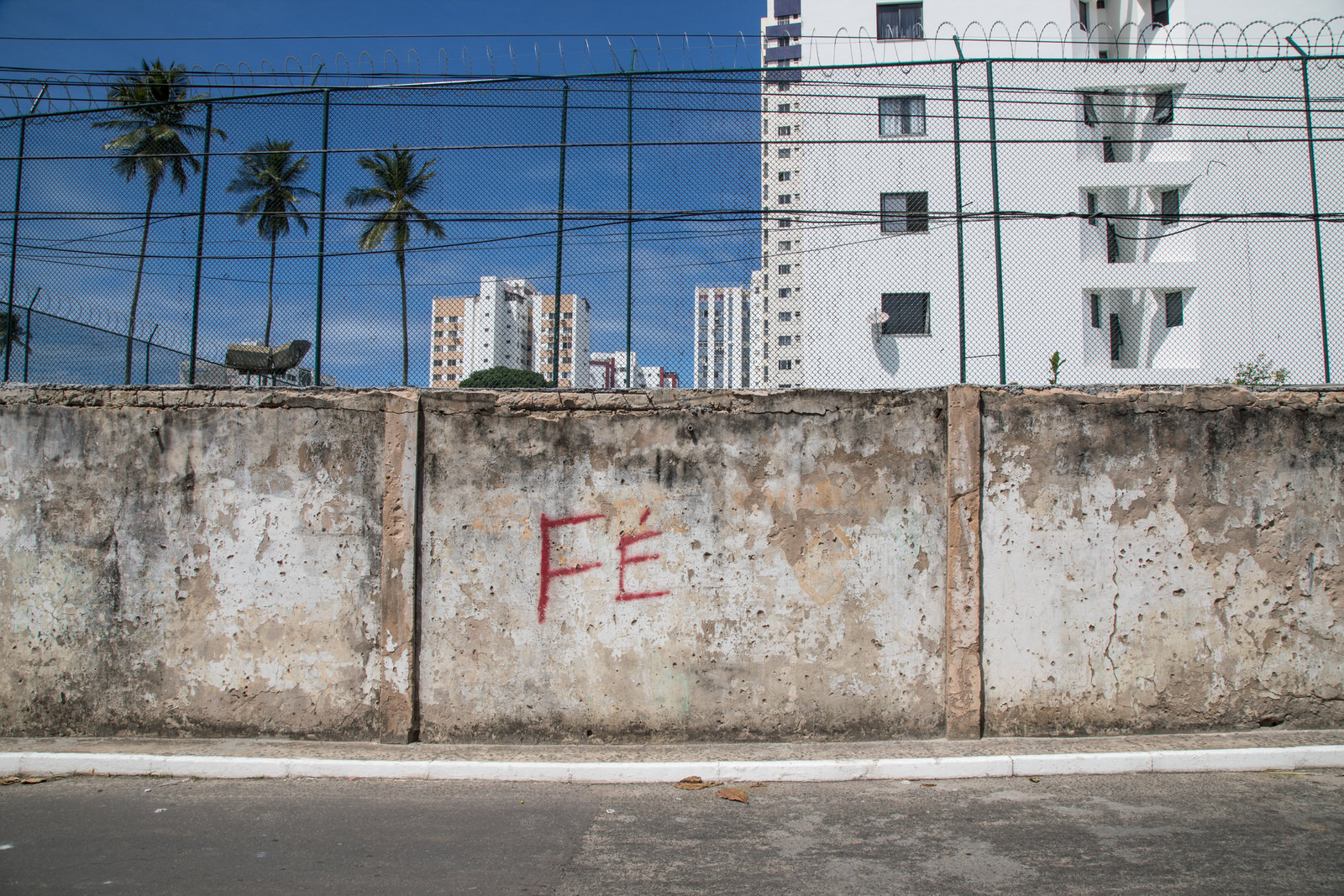
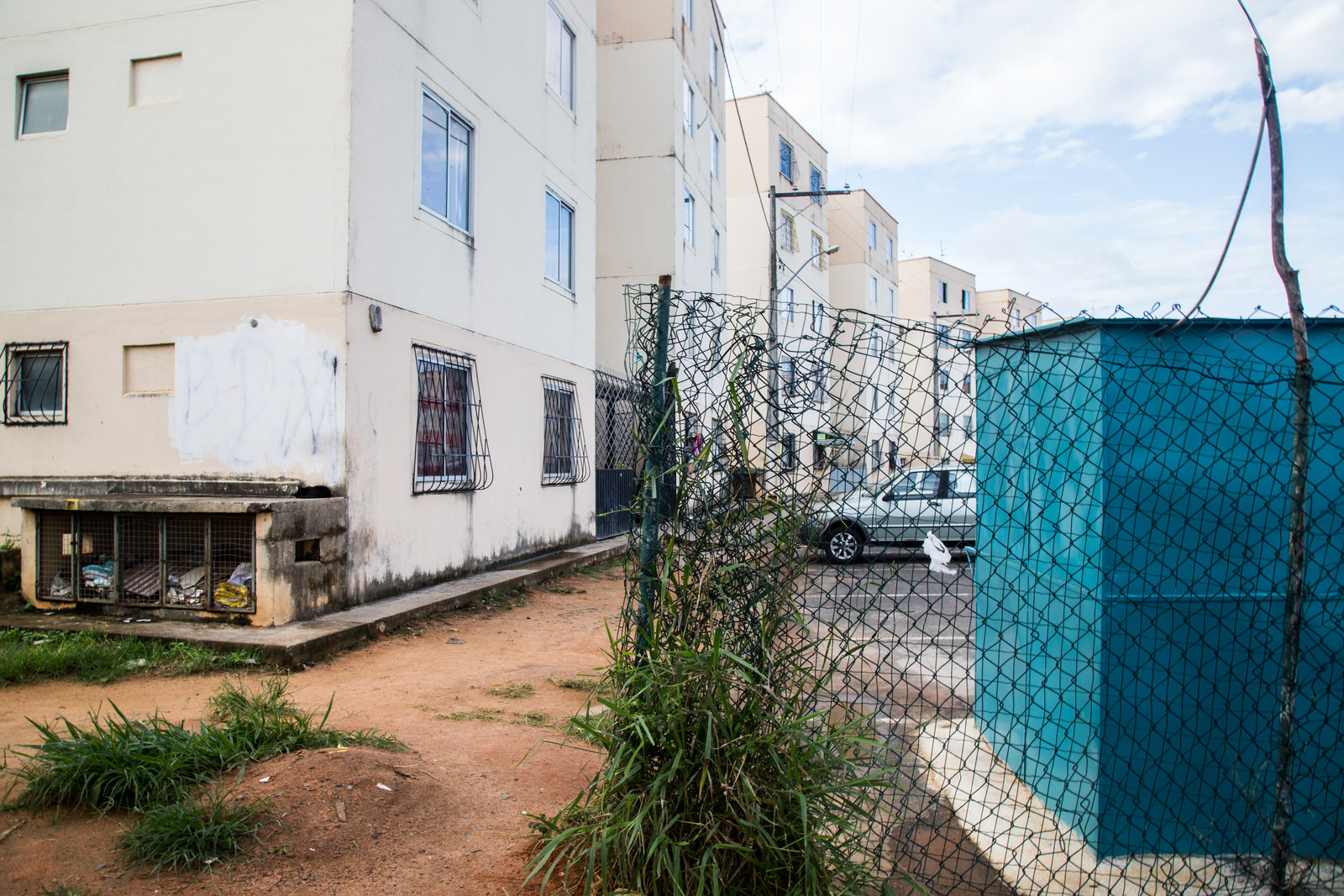

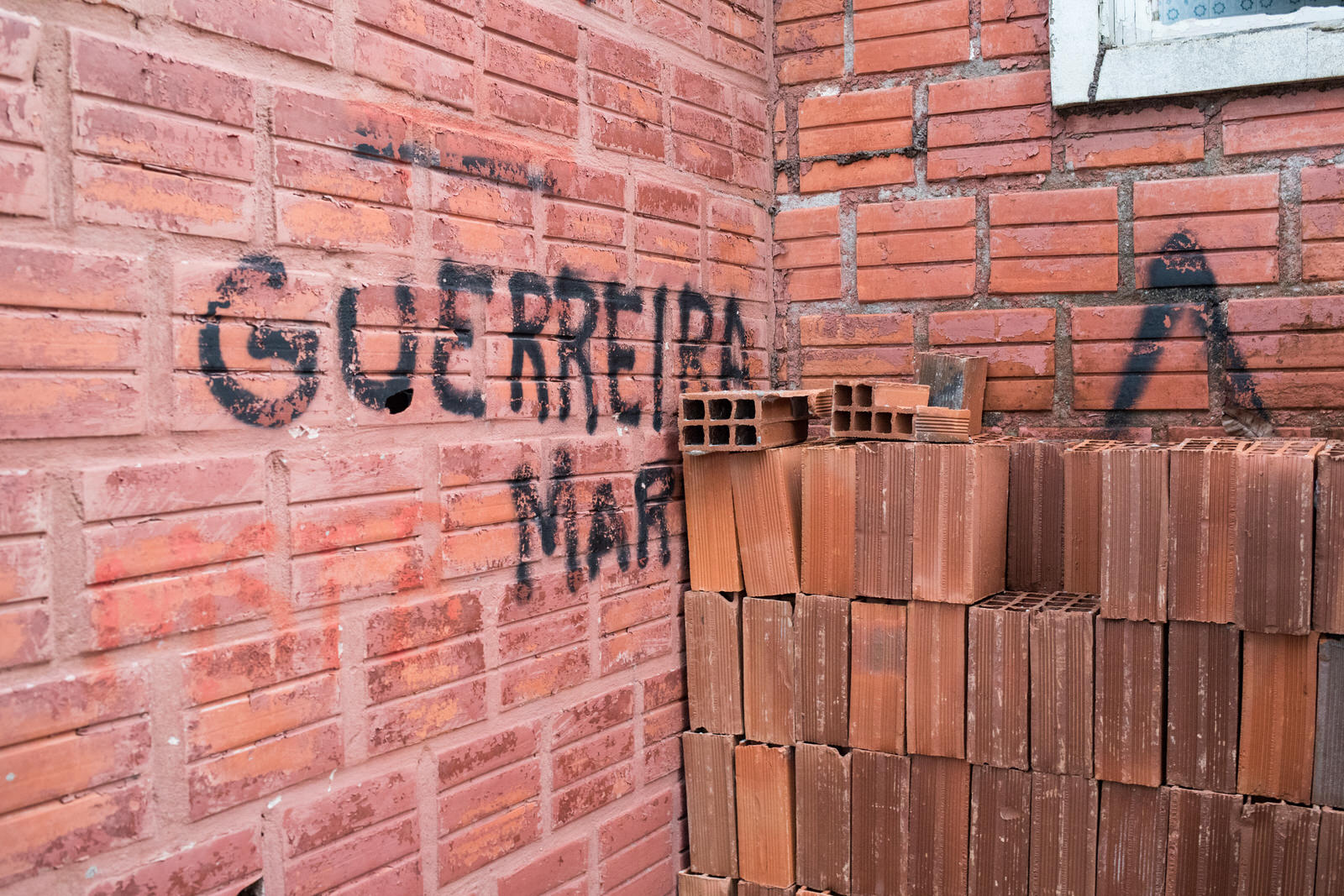

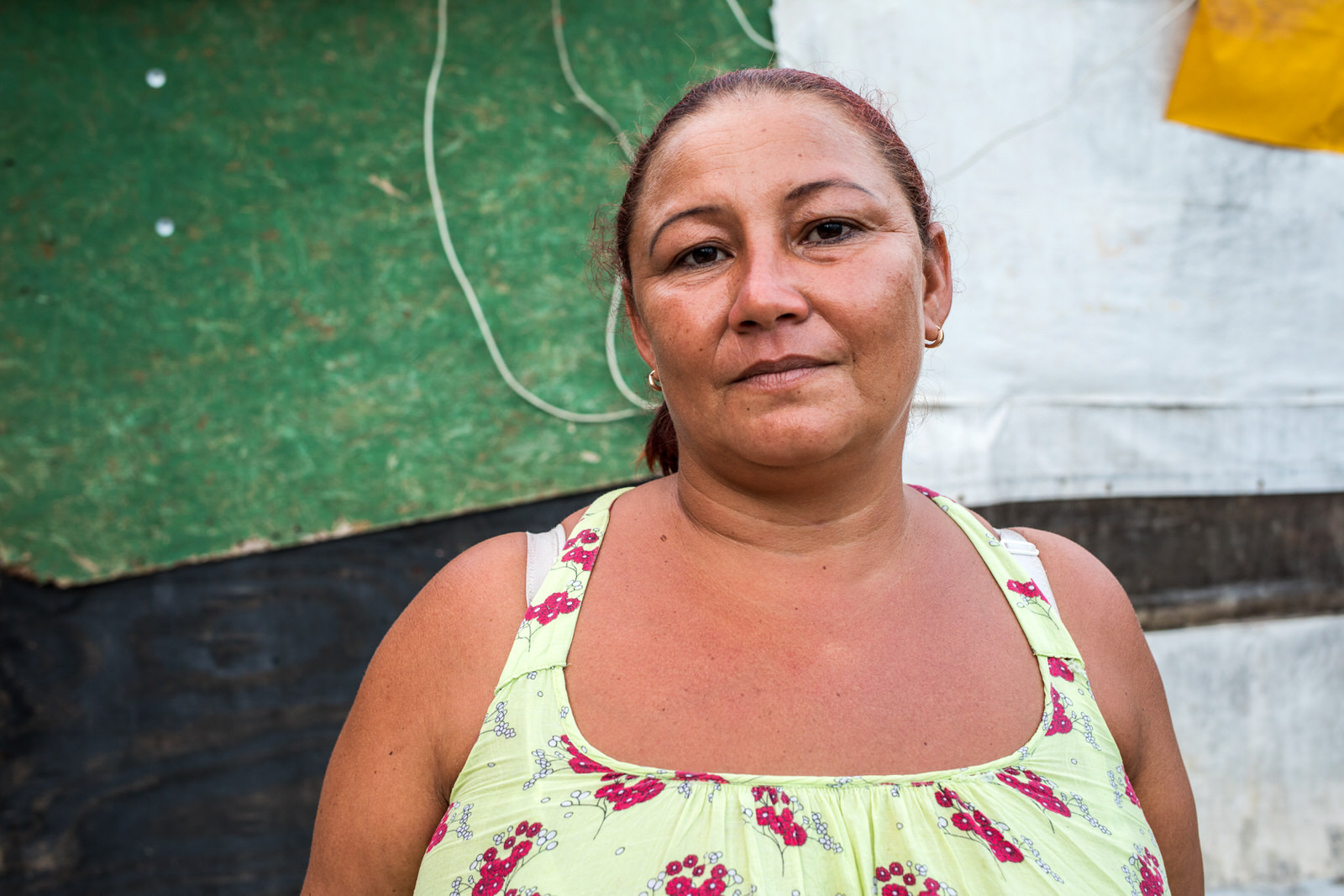
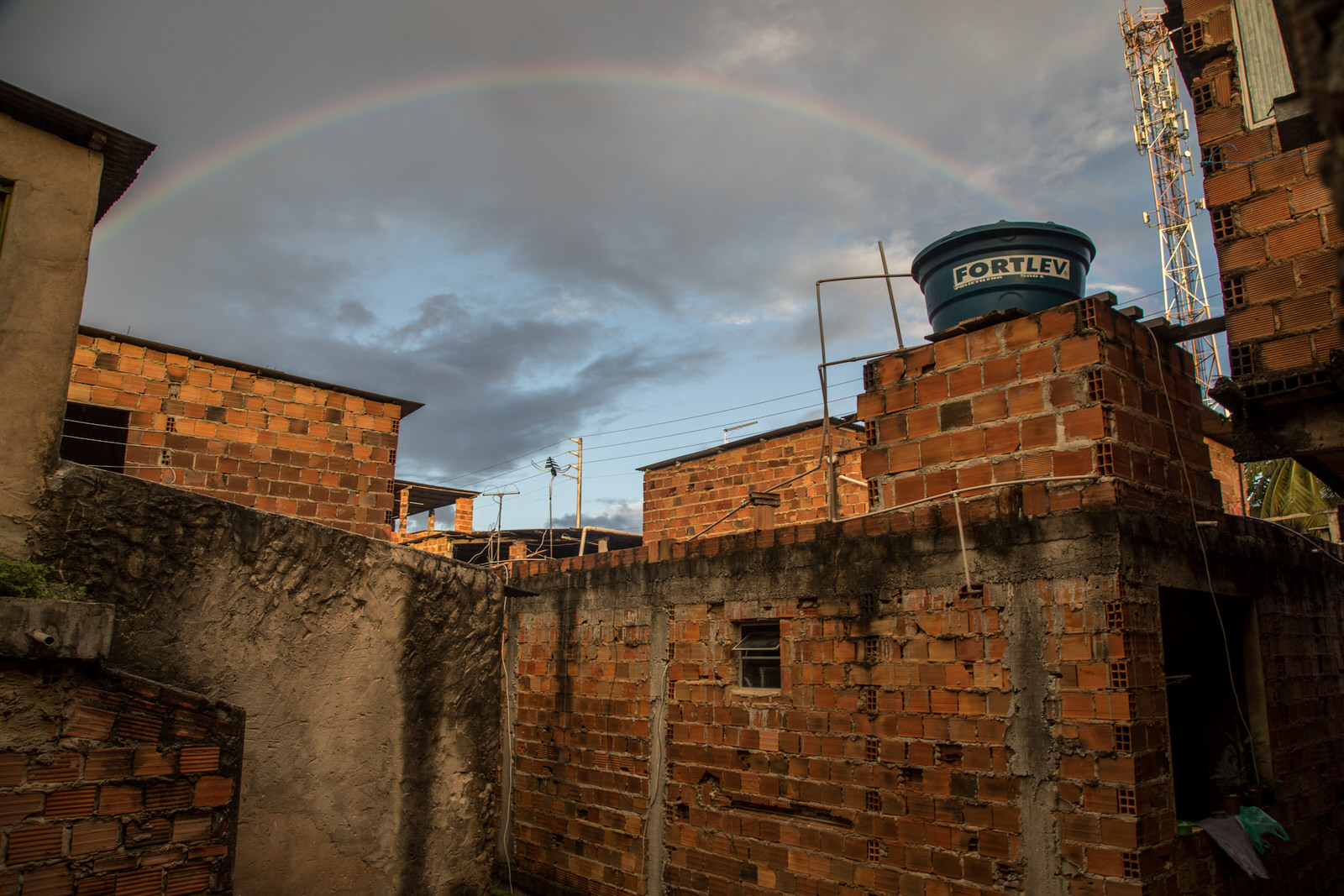
Salvador de Bahia, Brazil
Salvador is Brazil’s fourth largest city and former capital, situated in the state of Bahia in the Northeast of the country, and is the centre of Afro-Brazilian culture.
Similar to cities across the rest of Brazil, Salvador has urbanised in an unequal and exclusionary way. Poverty and exclusion are closely linked, with social differentiation marked clearly in space.
The unequal distribution of land and property in Salvador has led to the segregation of the poor from the wealthy, a division which also has strong racial and cultural dimensions. Many of the urban poor inhabit substandard conditions, with options of better accommodation in the city limited.
In addition, many of the communities are stigmatised and criminalised, further limiting their potential to engage as equal citizens and access the same rights as the rest of the inhabitants of Salvador.
The right to the city – a concept developed by French philosopher and sociologist Henri Lefebvre – deals with the struggles of social movements for a radical change in gaining better access to the city, to reinvent and to transform it.
In Salvador contestations have emerged in which residents use space to challenge exclusion, with occupations of land and buildings just one way that poor residents of Salvador have attempted to access the right to housing and urban life in a divided city. Social movements have also been using culture and identity as a way of challenging misrecognition and misrepresentation.
As with other cities in Brazil, such collective practices are a way to try to achieve a recognition of their rights as citizens to engage equally in urban life.
These photographs document some of these struggles faced in communities across Salvador, including Gamboa de Baixo, Nordeste de Amaralina, the Historic Centre, Saramandaia and Ocupação Guerreira Maria.
